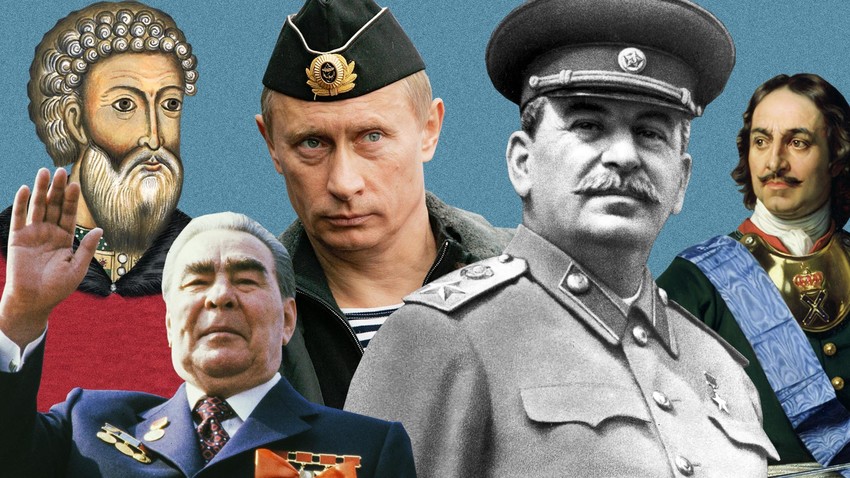
They ruled Russia.
Russia beyond (Photo: Global Look Press; Paul Delaroche; Public domain; Yuri Abramochkin/Sputnik; Alexey Panov/TASS)The Rurikid dynasty, which ruled the Russian lands from circa 9th century, was most likely founded by Rurik. He is considered the first war commander who had the power of a knyaz (prince) – i.e. a political leader.
However, Rurik wasn’t the leader of a unified state – neither were his successors, who became Princes of Kiev and ruled the Kievan Rus’. It was a medieval state that existed in the 9th-12th centuries and dissolved in the 11th-12th centuries, because of the rivalry between the Rurikid princes. When the Mongol-Tatars attacked the Russian lands in the 13th century, there were over 20 minor states (duchies) on the current territories of Central Russia, Ukraine and Belarus.
It took Russians almost two centuries to gain political and military independence from the Mongol-Tatar state of the Golden Horde. The first unified state on the Russian territory was the Grand Duchy of Moscow under Grand Prince Ivan III.
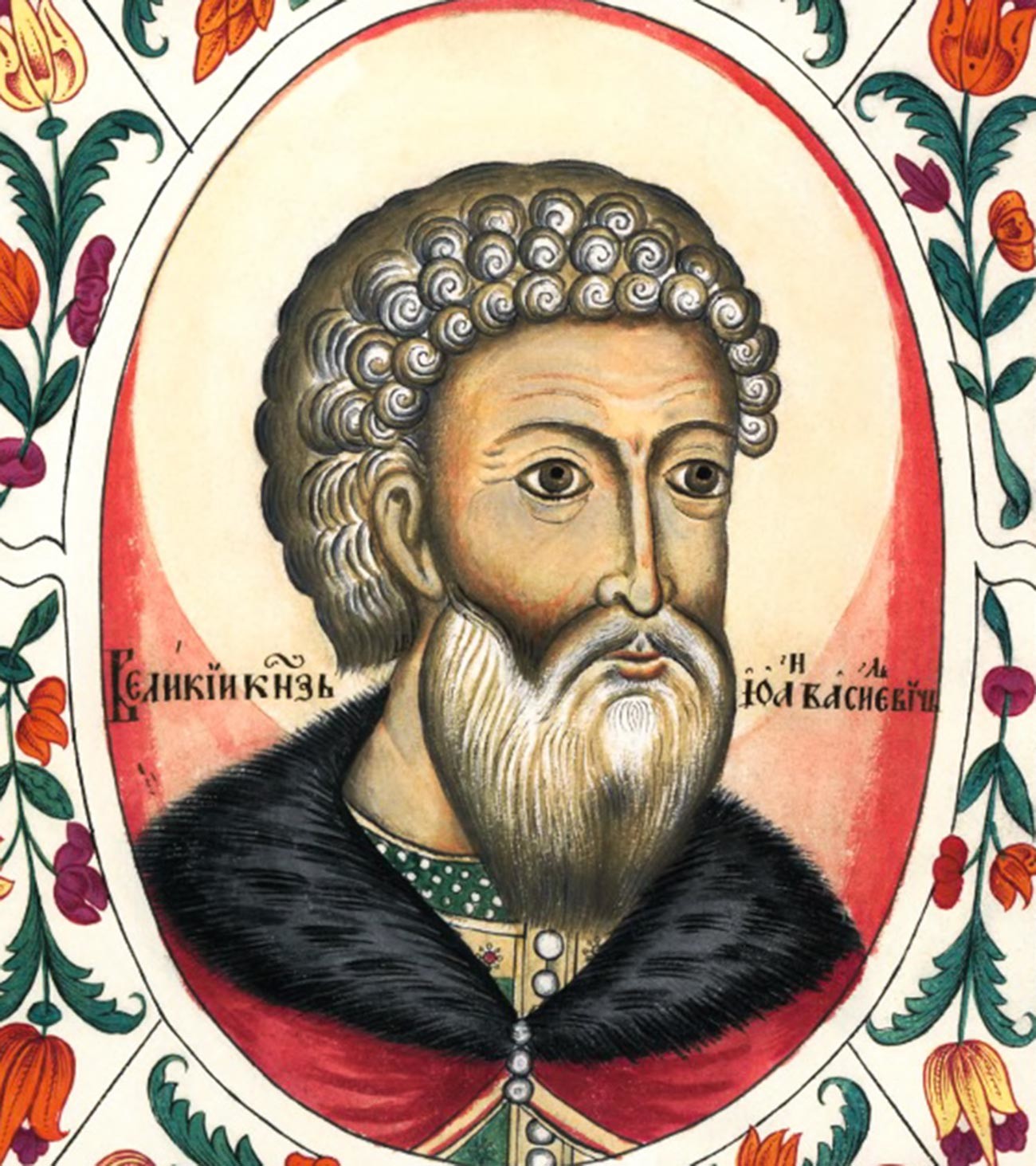
Ivan III
Public domainThe Grand Duchy of Moscow was created well before Ivan III (1440-1505), but it was he who ceased paying tributes to the Golden Horde in 1480, effectively declaring Moscow’s independence from the Mongol-Tatars.
He created the Sudebnik (Code of Laws) of 1497, a unified legislation for the lands who swore allegiance to the Grand Duchy of Moscow or were conquered by it. He also ordered the construction of the red-brick Moscow Kremlin that stands to this day.
Essentially, Ivan III can be considered the founder of Russia.
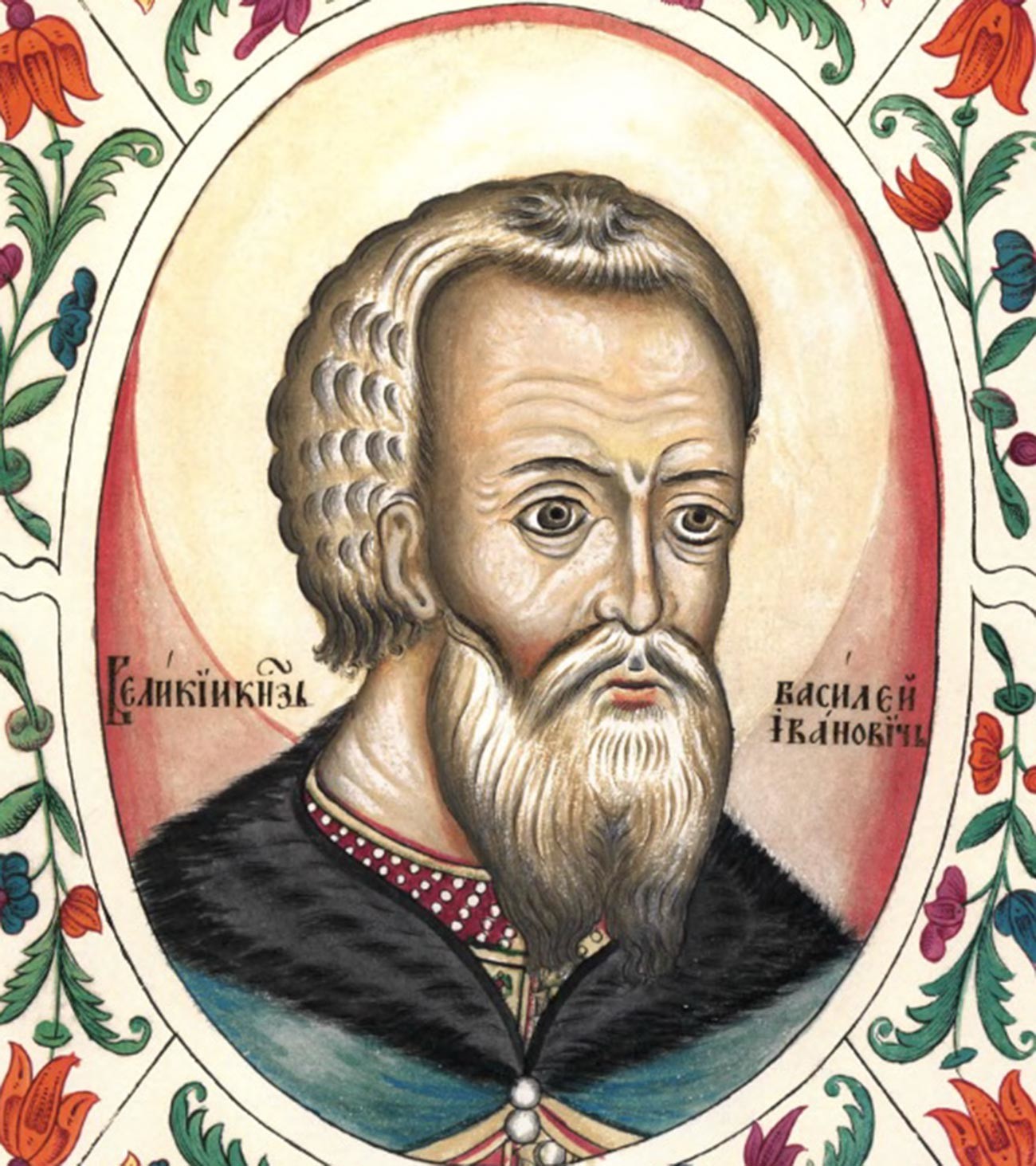
Vasiliy III
Public domainIvan’s son, Vasiliy III (1479-1533), finalized the centralization of the Russian lands under Moscow’s reign. He was the father of Ivan IV the Terrible.
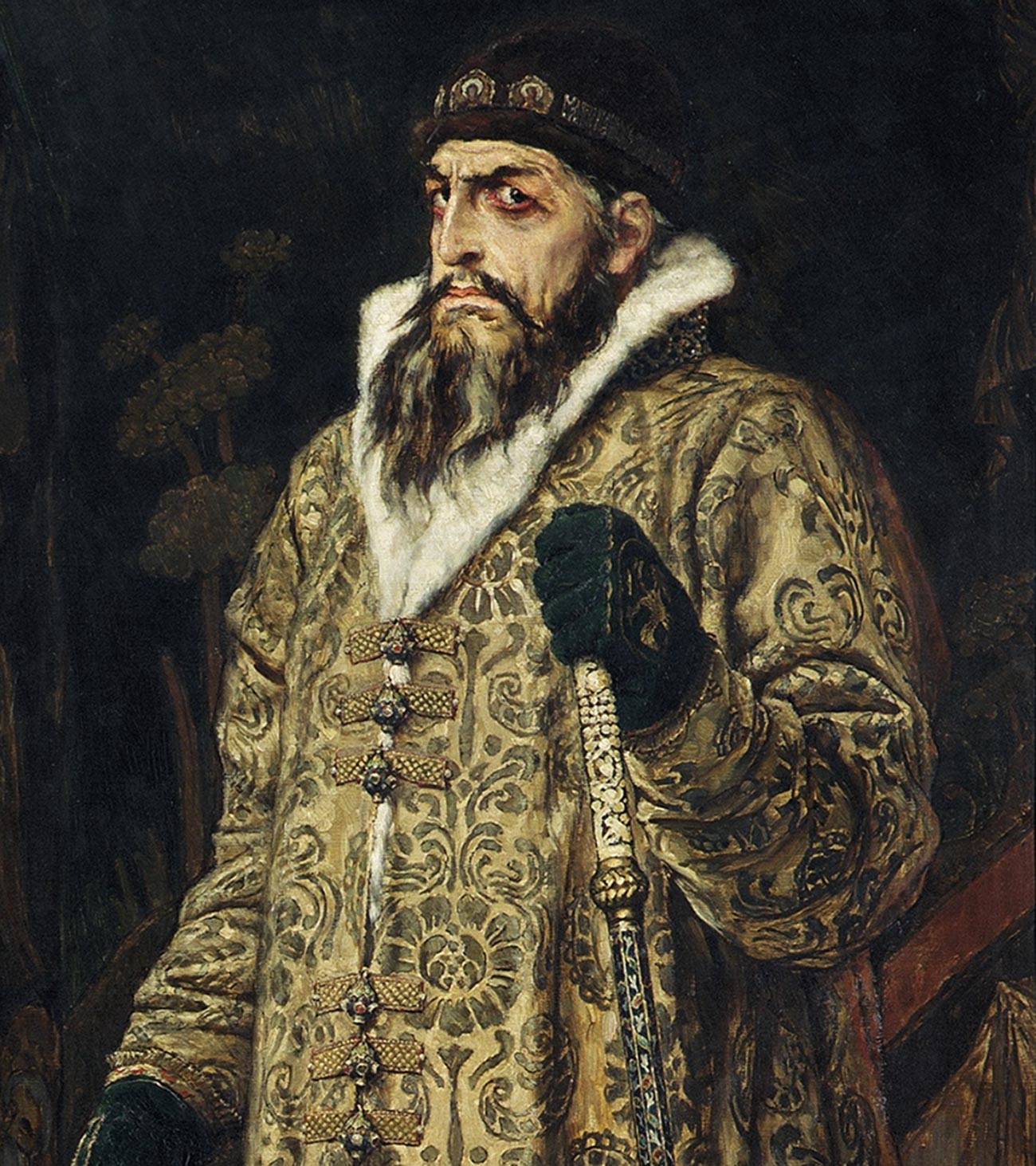
Ivan IV the Terrible by Viktor Vasnetsov, 1897
Viktor VasnetsovIvan IV (1530-1584) was the first to be crowned and anointed to Tsardom as the Tsar of All Russia in 1547. He revisited the Russian legislation in his Code of Laws of 1550, established diplomatic relations with England and doubled Russia’s territory.
His time was also known for repressions against some noble Moscow boyar families, known as the ‘oprichnina’. This is one of the reasons he was known as ‘the Terrible’.
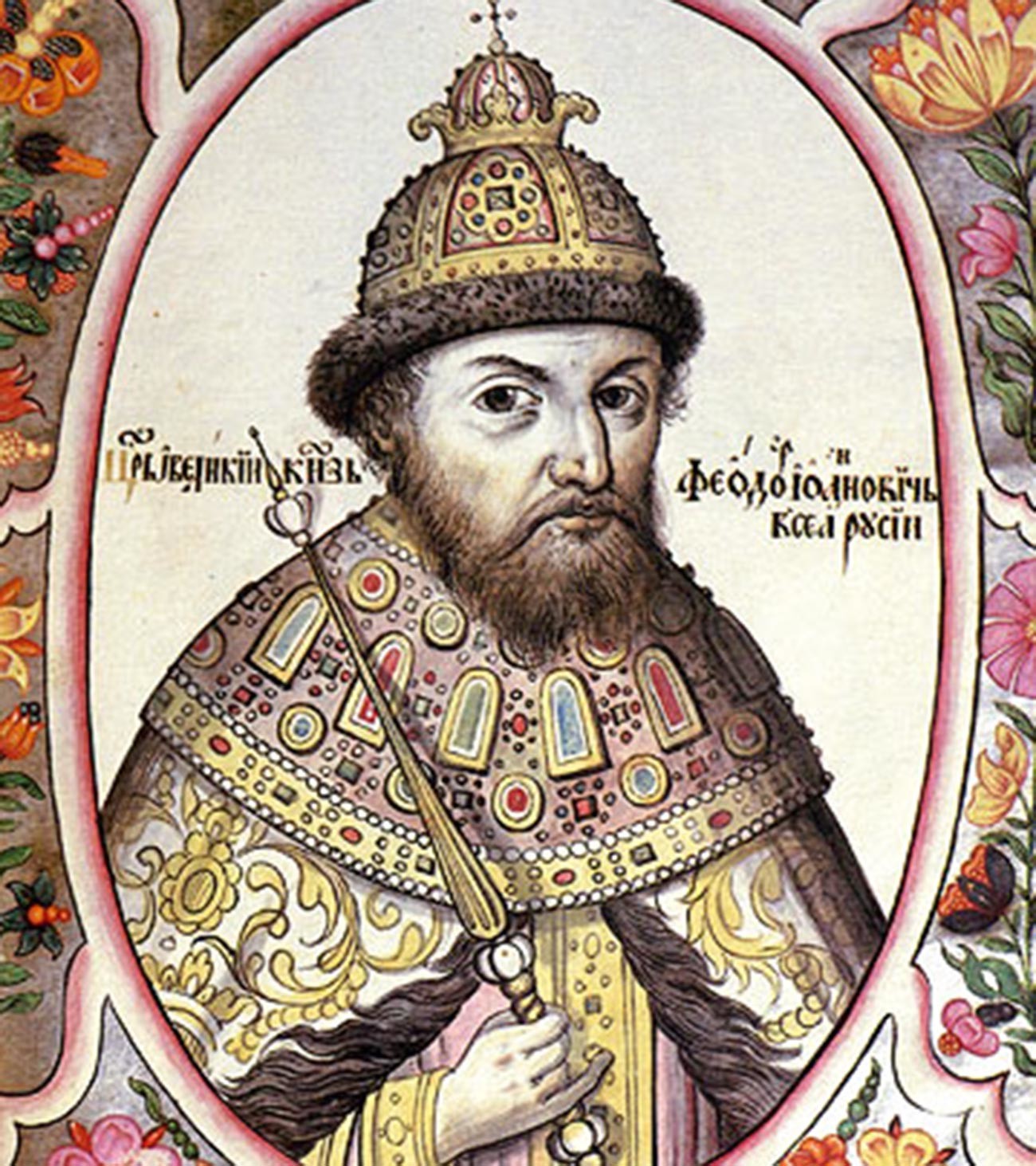
Fyodor Ioannovich
Public domainFyodor (1557-1598), the third son of Ivan the Terrible, wasn’t known to have taken part in governing the state. Almost all his days were dedicated to praying, visiting monasteries, studying theology and the scriptures, etc.
Some historians, including Dmitry Volodikhin, argue that Fyodor deliberately removed himself from politics to evade the chance of being poisoned, as his father, Ivan IV, probably was. During Fyodor’s rule, Russia was in effect governed by his wife's brother, Boris Godunov, who became the tsar after Fyodor’s death.
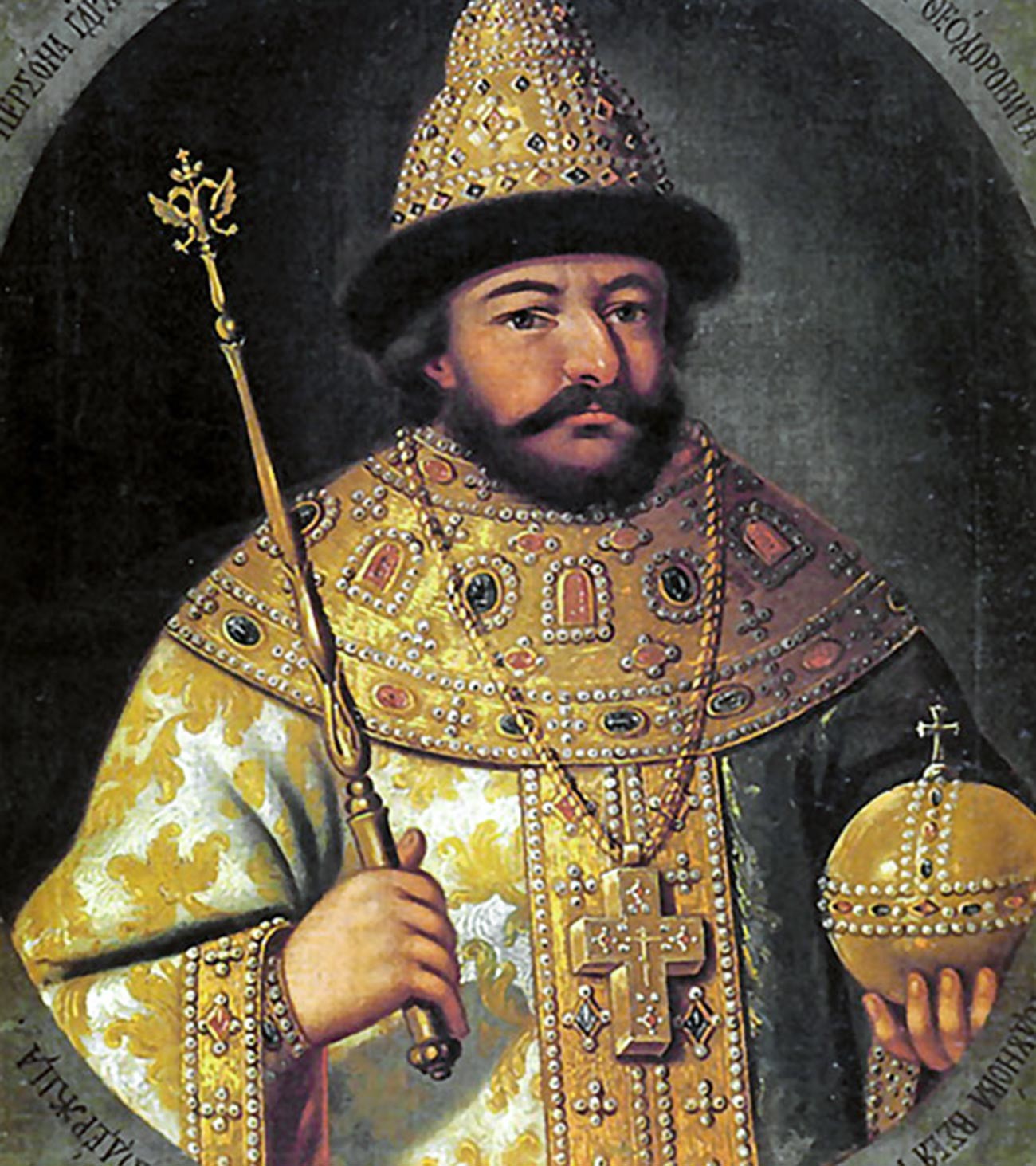
Boris Godunov
Public domainBoris Godunov (1552-1605), Tsar Fyodor’s brother in law was probably the first Russian ruler who tried to establish cultural connections and cooperation between Moscow and Europe. However, he didn’t last long at the helm and died under ambiguous circumstances.
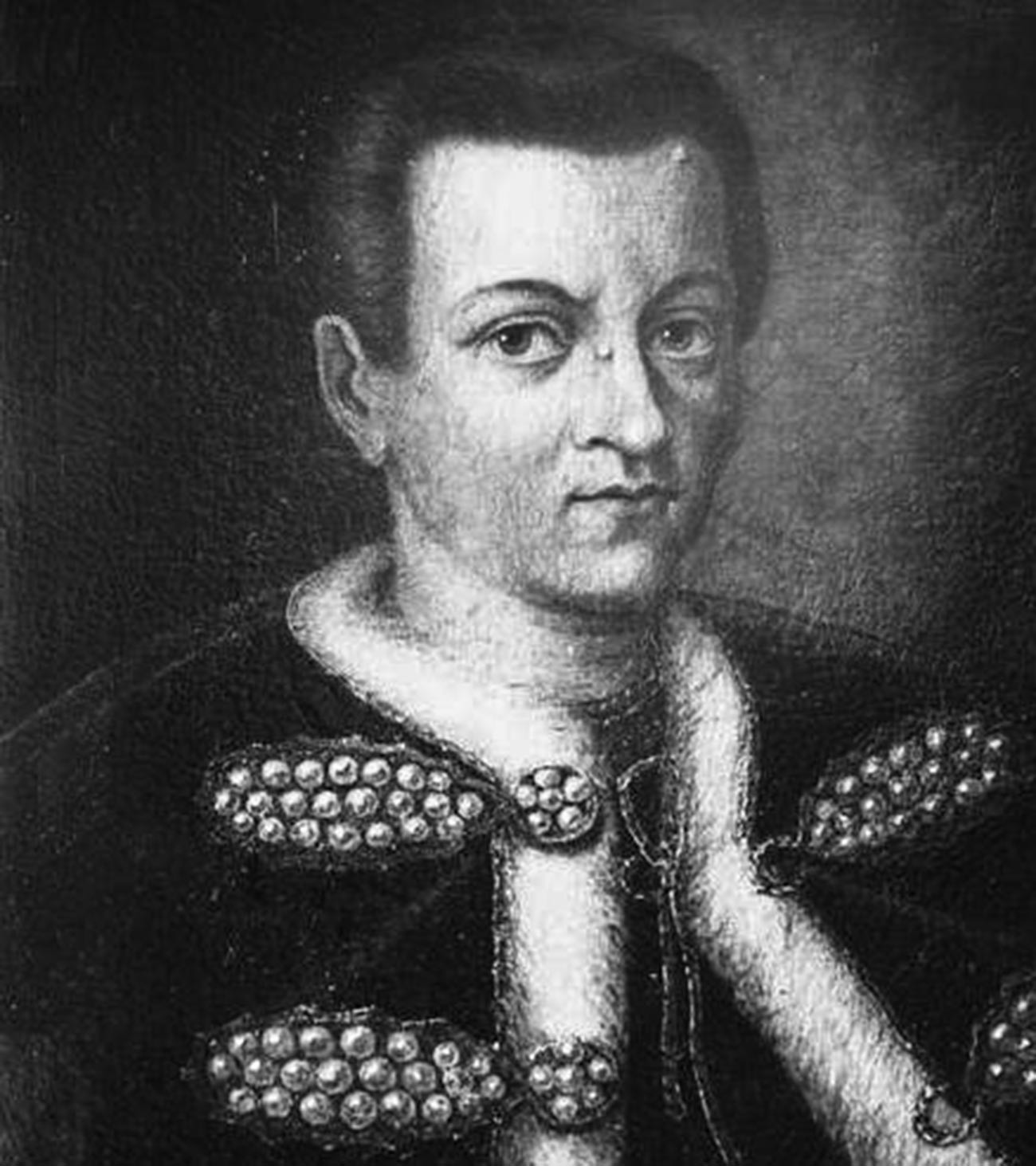
False Dmitry I
Public domainAn impostor whose identity is debated to the present day, False Dmitry I (16th century – 1606) posed as Dmitry, the last son of Ivan IV, who miraculously survived a murder attempt.
Dmitry took the Moscow throne during the Time of Troubles, using the help of the Polish-Lithuanian Commonwealth. He was crowned as the tsar and ruled for about a year before being executed by the people of Moscow for his fraud.
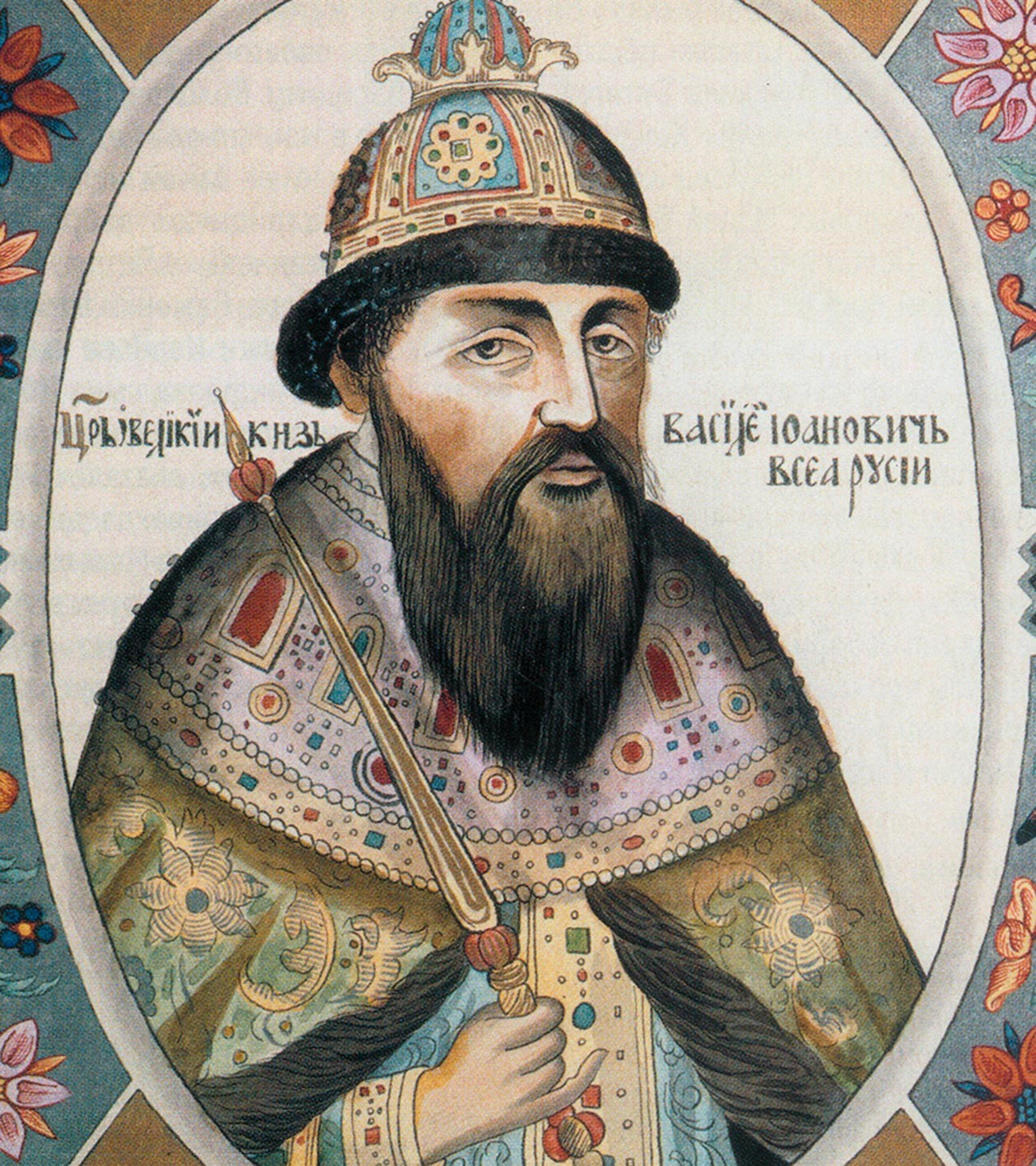
Vasiliy Shuisky
Public domainThe last Rurikid on the Russian throne, Vasiliy Shuisky (1552-1612), became the tsar after the uprising against False Dmitry I, which Vasiliy Shuisky ignited himself.
However, Shuisky wasn’t trusted among the Russian population. He couldn’t stop the ongoing uprisings and, in 1610, he was deposed by the Moscow boyars and forcibly tonsured as a monk; he died two years later as a prisoner in Poland.
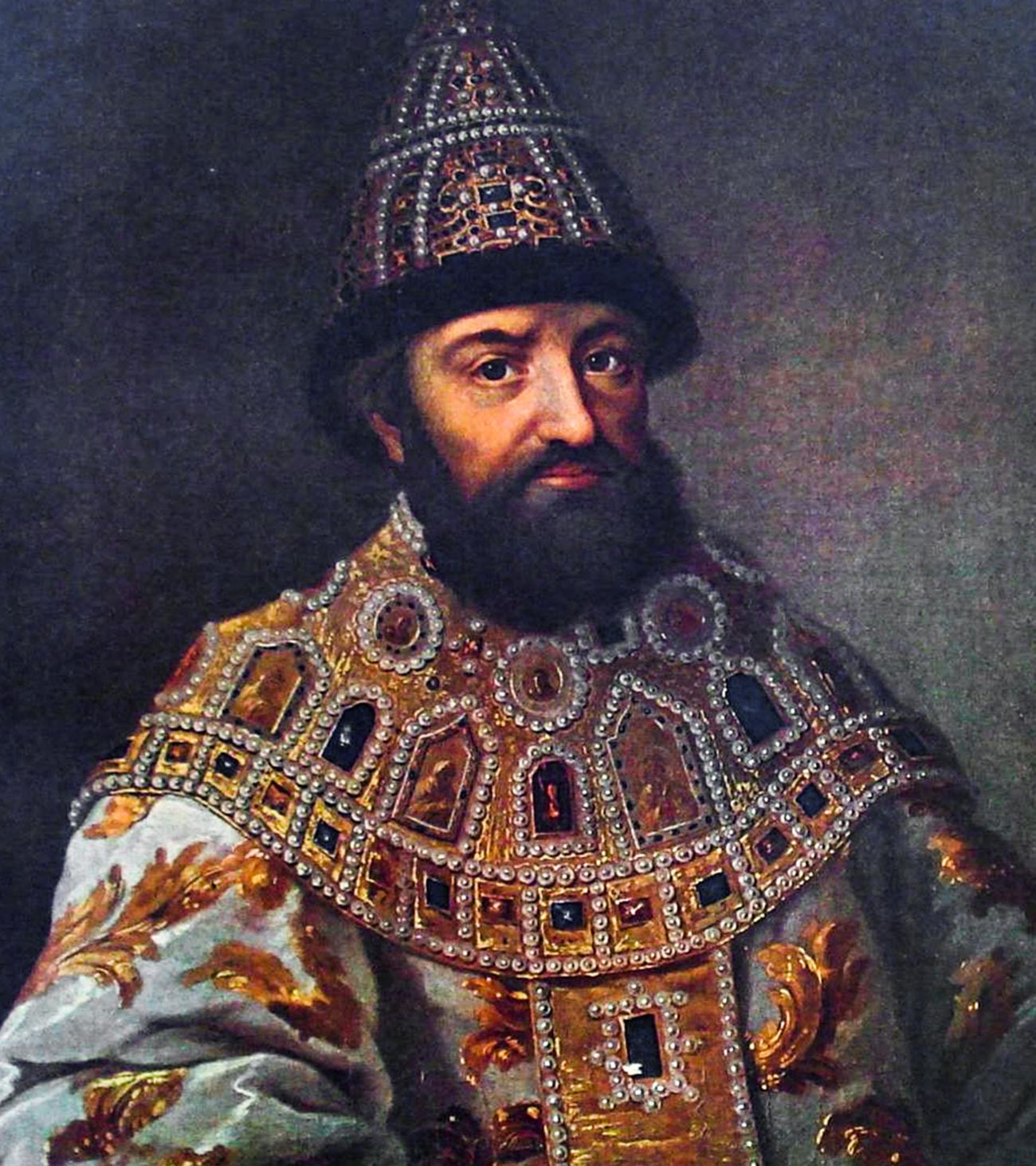
Mikhail Fyodorovich
Public domainThe first tsar in the Romanov dynasty, Mikhail Fyodorovich (1596-1645), was chosen as the tsar at the Zemsky Sobor (people’s assembly) of 1613. During his reign, the Moscow Tsardom recuperated after the disastrous Time of Troubles.
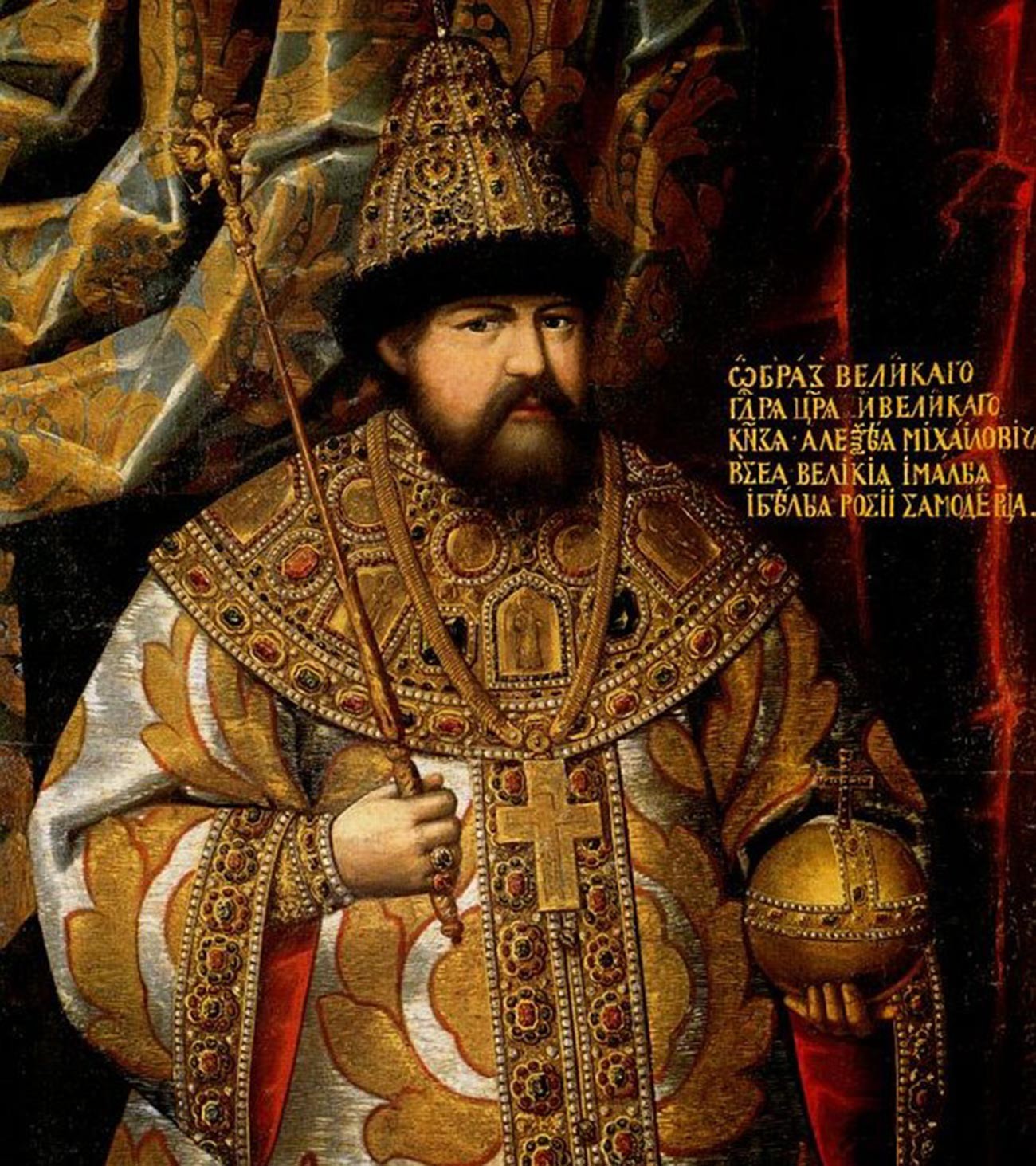
Alexey Mikhailovich
Public domainThe second Romanov, Alexey Mikhailovich (1629-1676), encouraged Russia’s trade and cooperation with Europe and invited European military men and engineers to Russia. He introduced the Council Code (Sobornoye Ulozhenie) of 1649 and he was the father of Peter the Great.
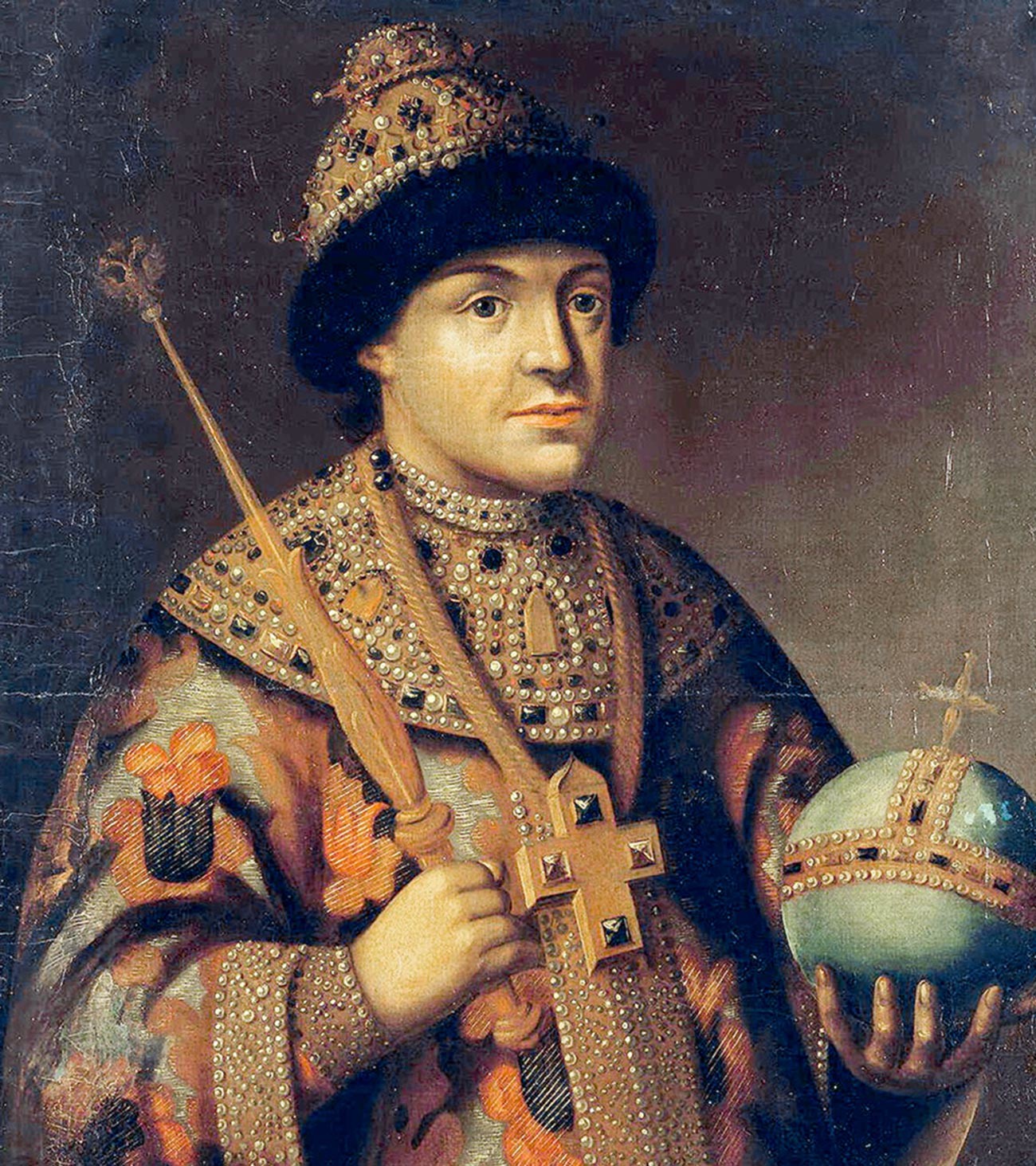
Fyodor Alekseevich
Public domainAlexey Mikhailovich’s son Fyodor (1661-1682), who inherited the throne, had weak health and spent most of his time in bed. During his short reign, a population census was performed and the Russian military was reviewed and assessed.
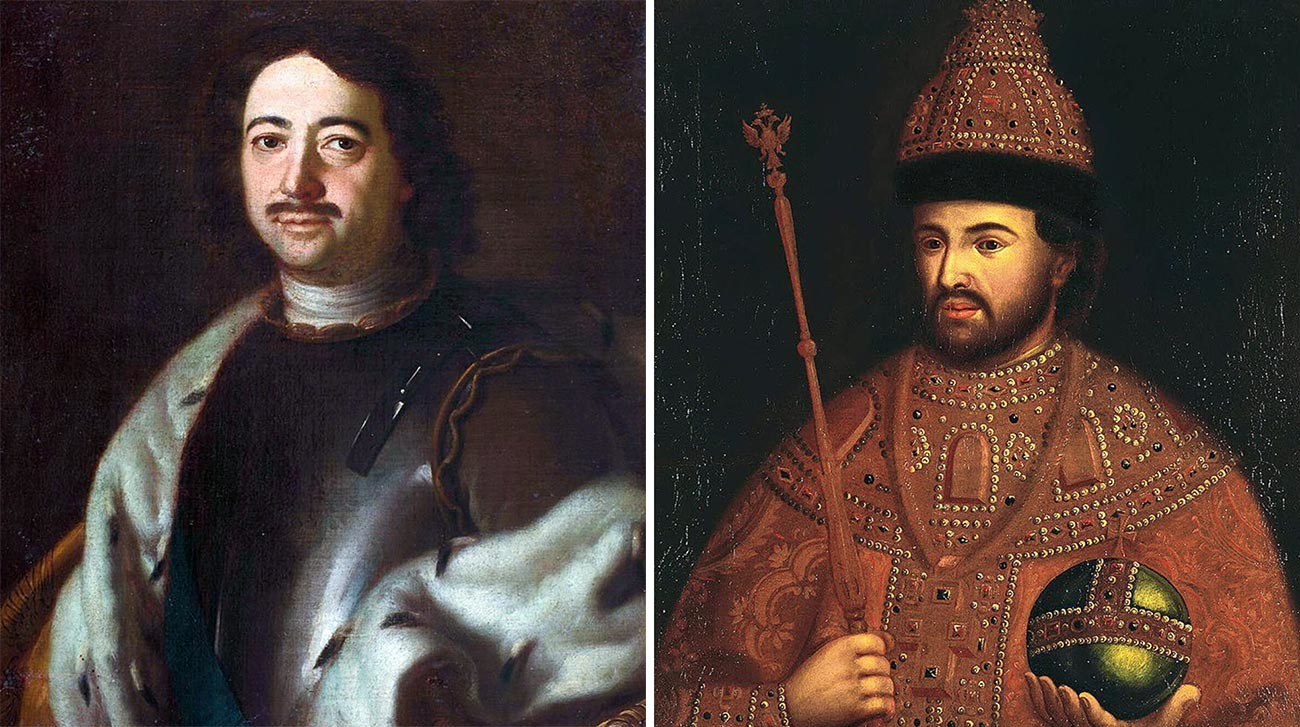
Peter the Great and Ivan V
Louis Caravaque; Public domainAfter Fyodor’s death, Russia was governed by two tsars at once – Peter (1672-1725) and his half-brother Ivan V (1666-1696), under the regency of their elder sister Sophia.
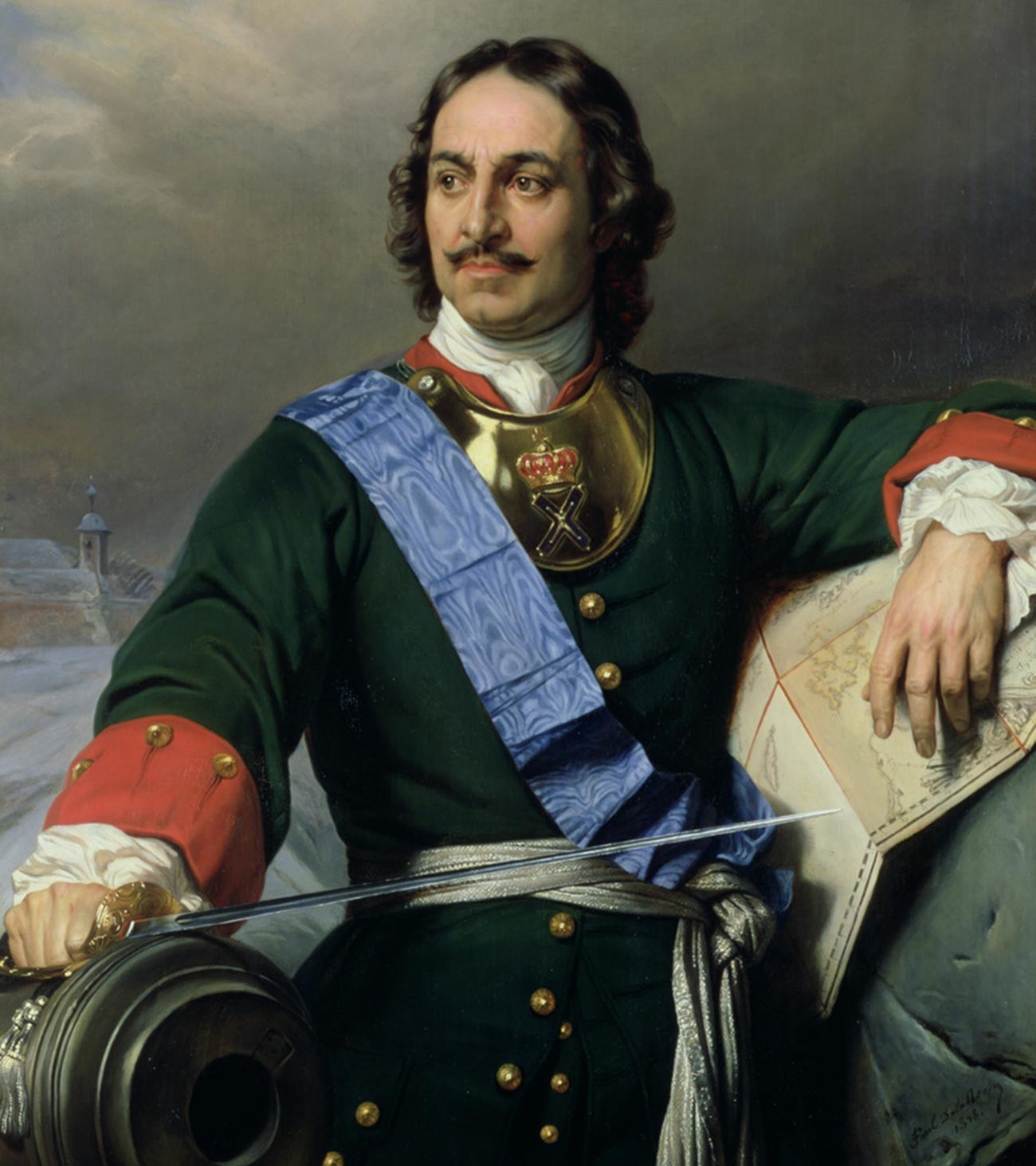
Peter the Great
Paul DelarocheIn 1689, Tsar Peter (1672-1725) ended the joint reign of himself and his brother under the regency of Sophia and started ruling the country as the full-fledged Tsar.
Peter introduced some of the greatest reforms in the Russian history – in politics, economy, culture, etc. He made Russia a European military superpower by defeating Sweden in the Great Northern War (1700-1721). After that, Russia was proclaimed an Empire and Peter became the first Russian Emperor.
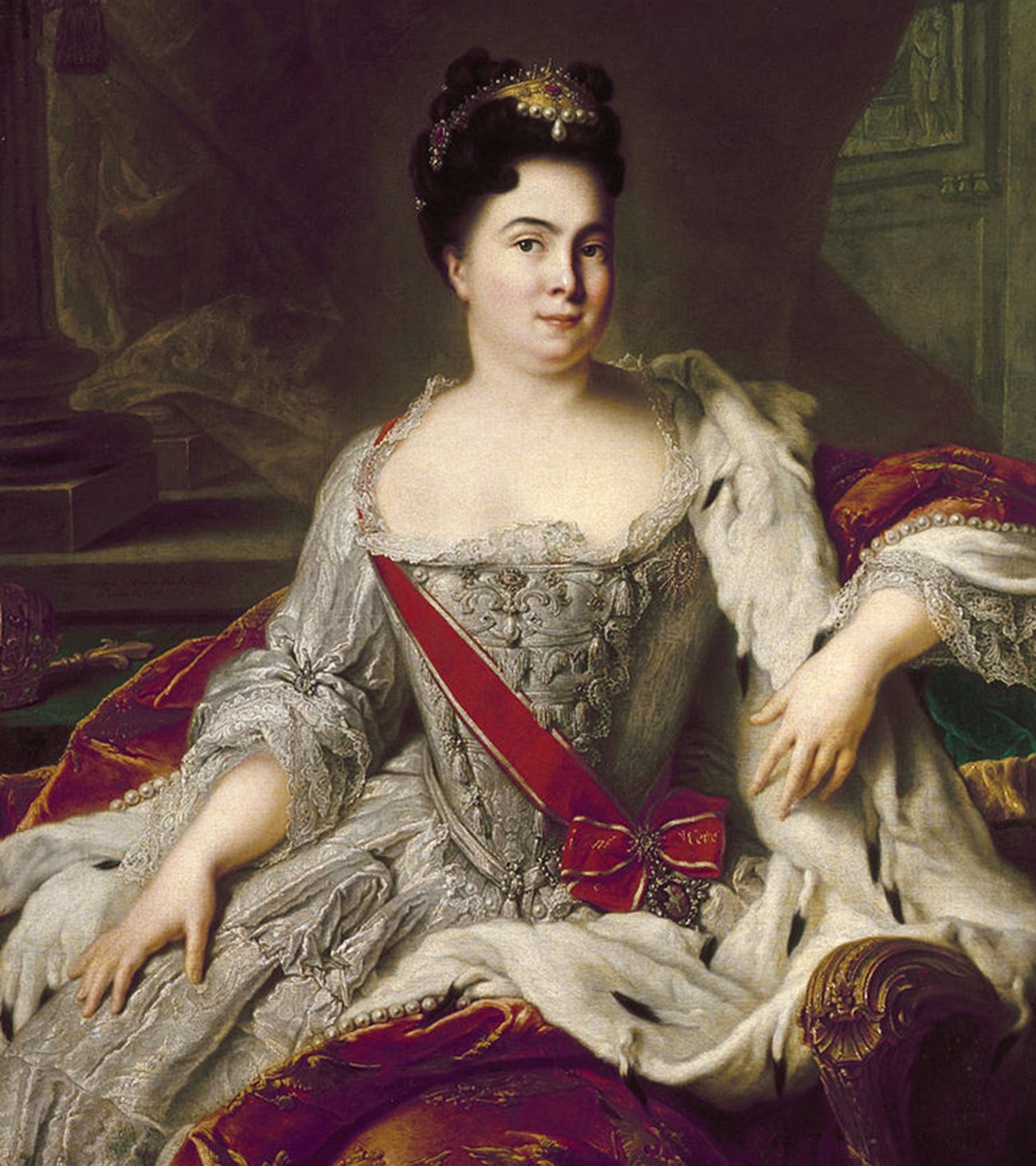
Catherine I
Jean-Marc NattierPeter the Great’s law on succession stated that the sovereign must choose his successor before his own death. However, when Peter the Great died, he didn’t specify a successor.
His wife, Empress Catherine I (1684-1727), was put on the throne by a group of high-ranked statesmen led by Alexander Menshikov, Peter’s former closest aide and friend. However, Catherine didn’t control the politics – Menshikov was, in effect, the Russian ruler during this time.
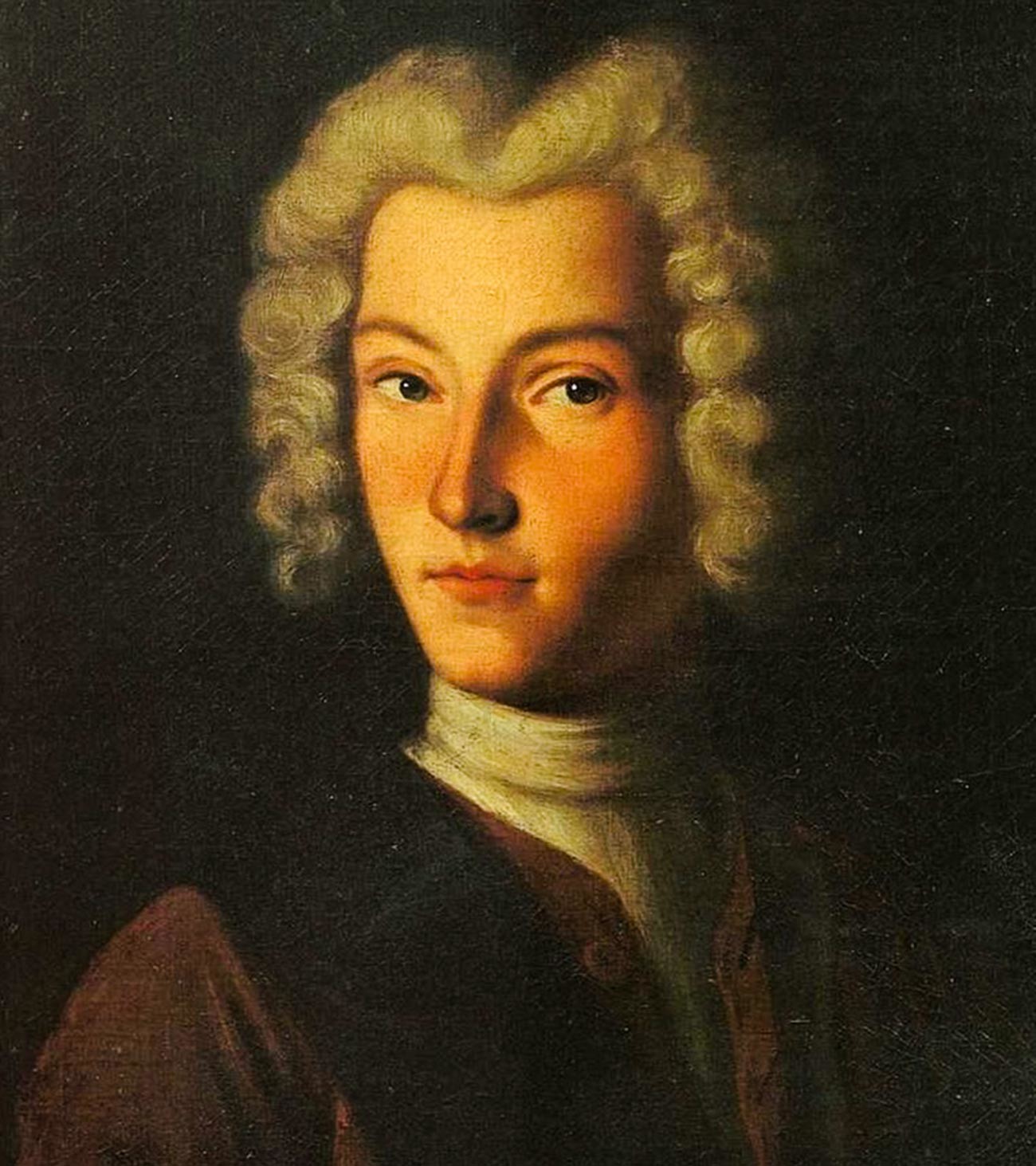
Peter II
G. MolchanovPeter the Great’s grandson, Peter II (1715-1730) ascended the throne when he was only 11 years old and died at the age of 14 from smallpox.
Peter didn’t have time to show any interest in the state affairs and did not actually rule independently – instead of him, the state was controlled by the statesmen in the Supreme Privy Soviet (Council).
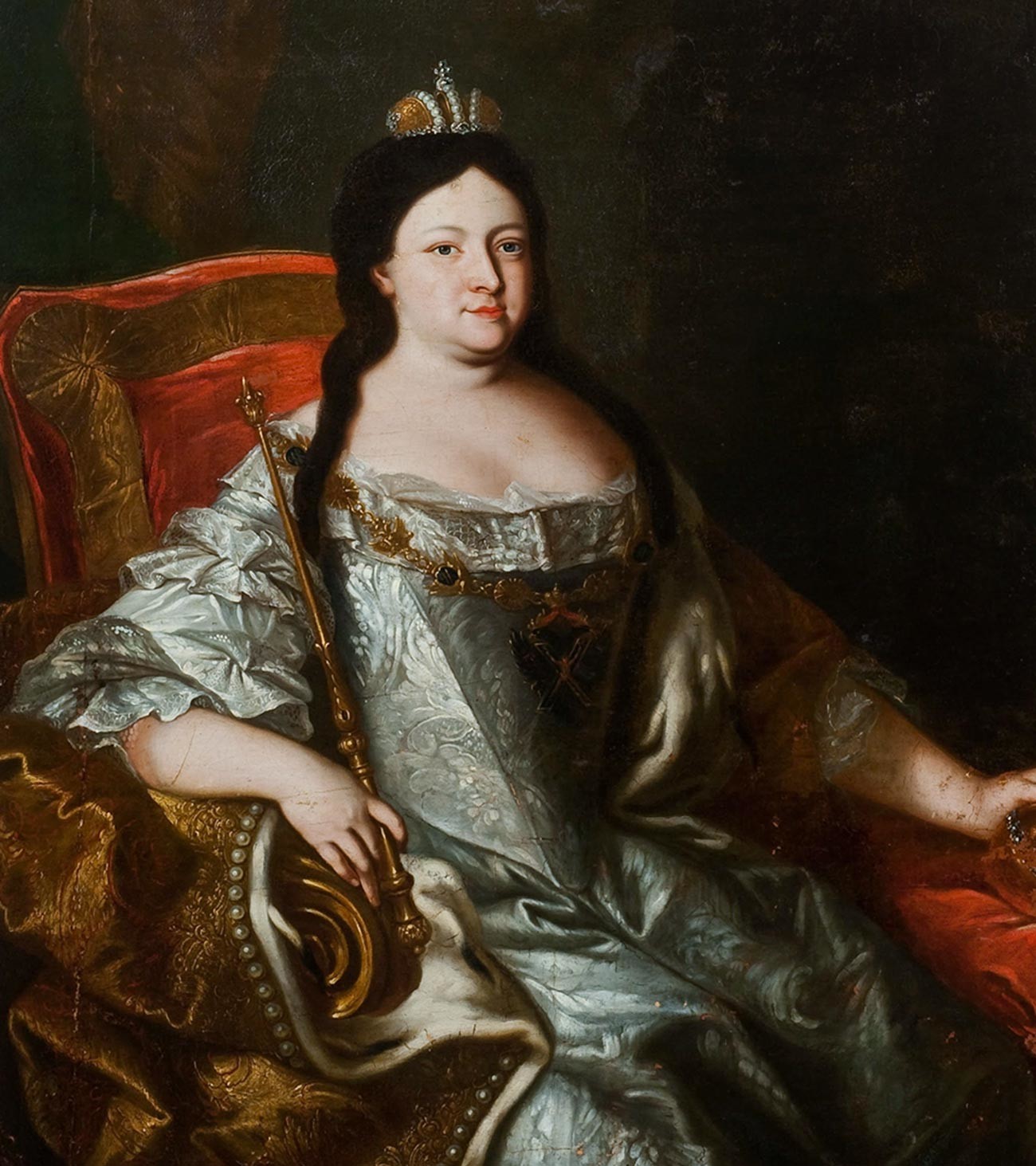
Anna Ioannovna
Public domainAnna (1693-1740) was the daughter of Ivan V, Peter the Great’s half-brother. After Peter II died, the Supreme Privy Council invited Anna to become the sovereign, with certain restrictions of her power. However, after being crowned, Anna disbanded the Supreme Privy Council and started ruling independently.
Her sturdy political stance and clever management helped Russia stand its ground against the Ottoman Empire in the war of 1735-1739. Her reign was also famous for brutal rustic entertainment she introduced at the Russian court – Anna was an experienced shootist, and once she ordered a jester wedding to be held in an ice palace.
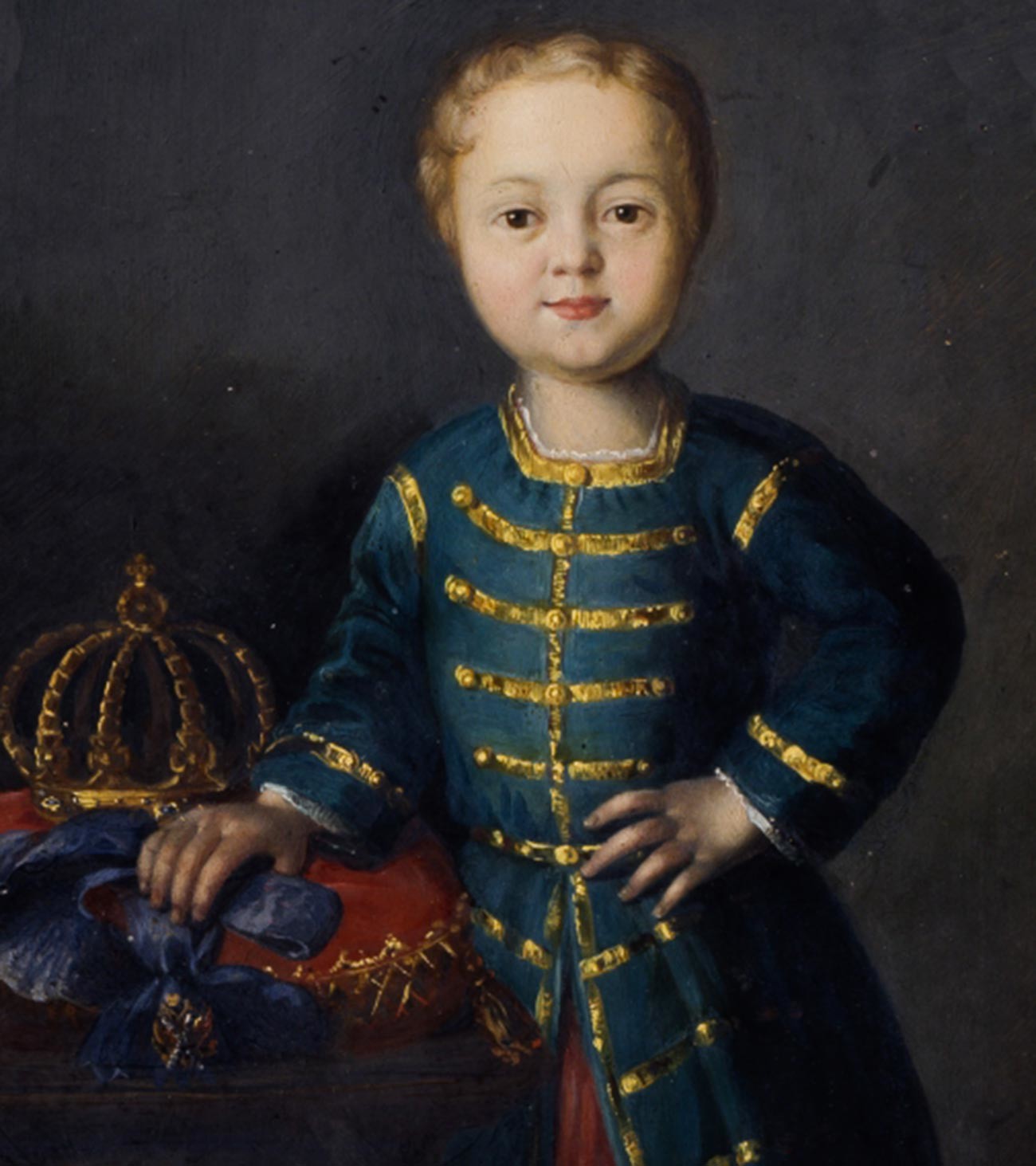
Ivan VI
Public domainWhen Anna died, she left the throne to Ivan VI (1740-1764), a 1-year-old son of her niece Anna Leopoldovna (1718-1746), who became the regent of Russia.
Ivan VI “ruled” for less than a year, before being deposed by Elizabeth, daughter of Peter the Great. Ivan spent the rest of his life in detention and died during an attempt to flee his prison cell.
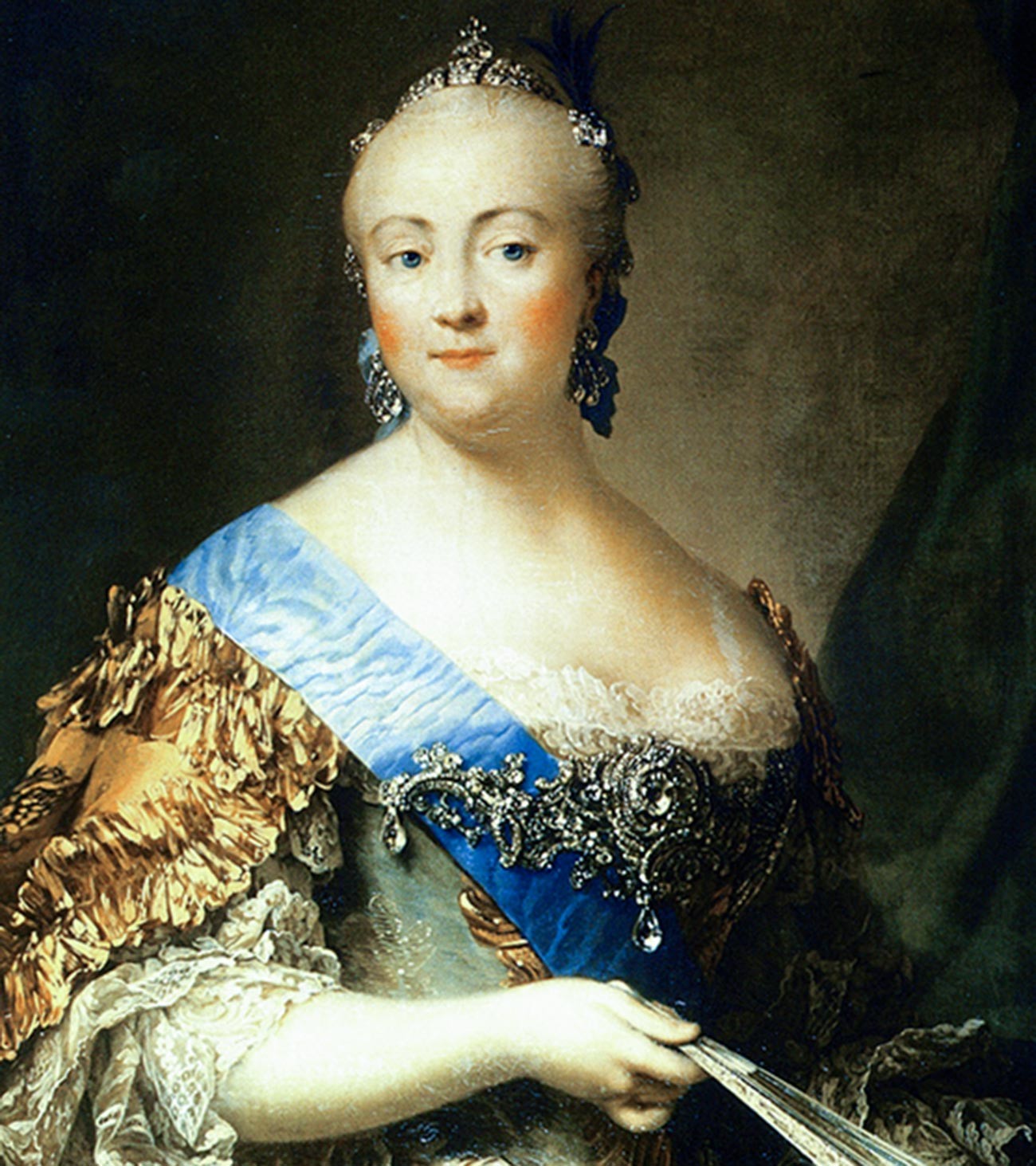
Elizabeth Petrovna
Vigilius EriksenDaughter of Peter the Great, Elizabeth (1709-1762) was the last Russian on the Russian throne. Her 20-year reign is famous for successful foreign policy (Russia stood its ground in wars against Sweden and in the Seven Years’ War), the development of arts and sciences and for further adding to the tax burdens of the population.
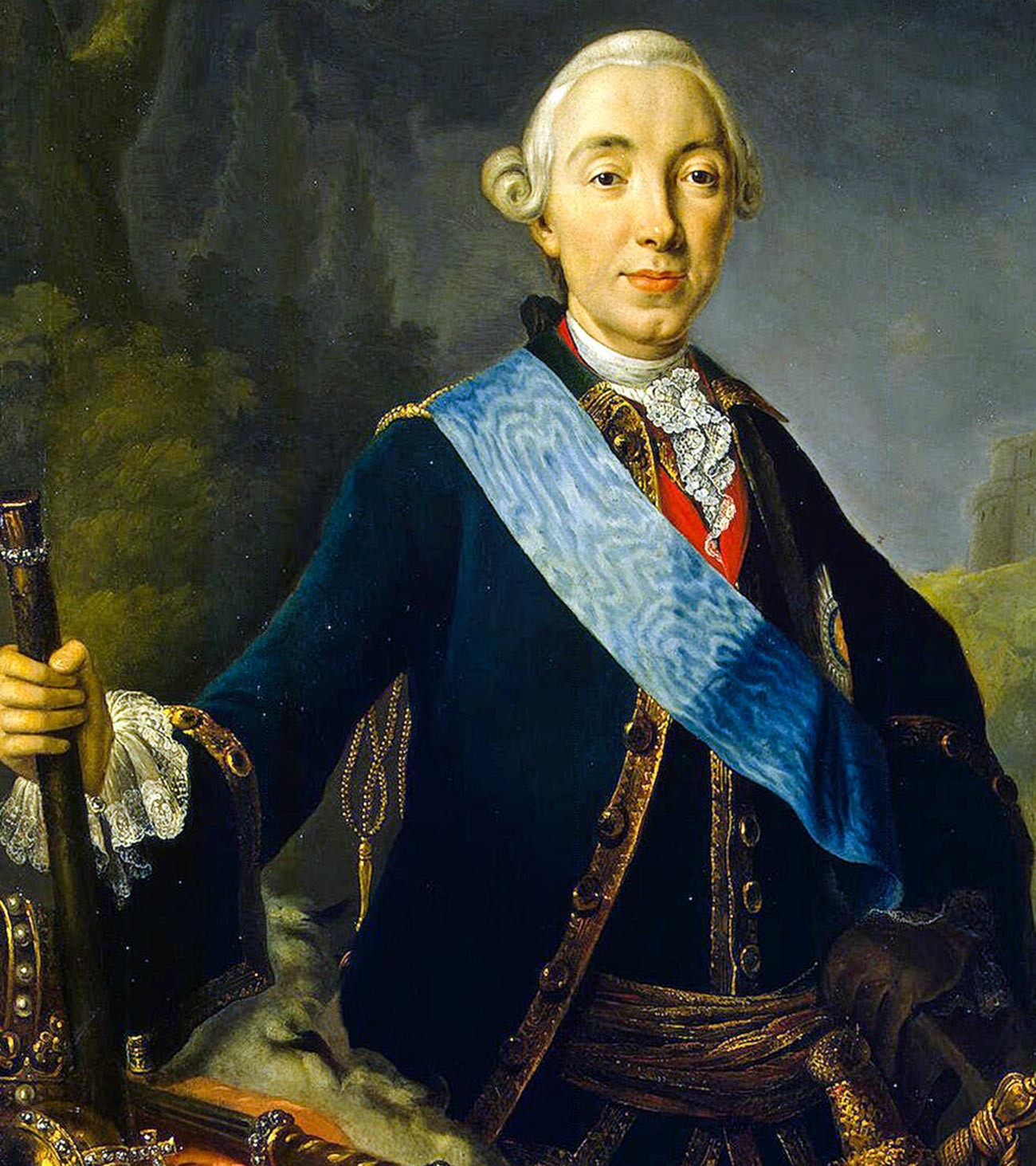
Peter III
Lucas Conrad PfandzeltPeter III (1728-1762) was a grandson of Peter the Great and the next in line for the throne after Elizabeth. He lived in Russia from 1742. He ruled for only half a year, from December 1761 to June 1762, before being deposed by his wife, Catherine. Peter III was murdered soon after the coup d’etat.

Catherine II
Johann Baptist von Lampi the ElderThe rule of Catherine II (1729-1796) earned her the title of ‘the Great’ for many reasons – from the Empire’s territorial expansion to political development to the proliferation of sciences, which Catherine encouraged. However, Catherine took big loans from the European states and, by the end of her reign, the Empire was left with an enormous external debt.
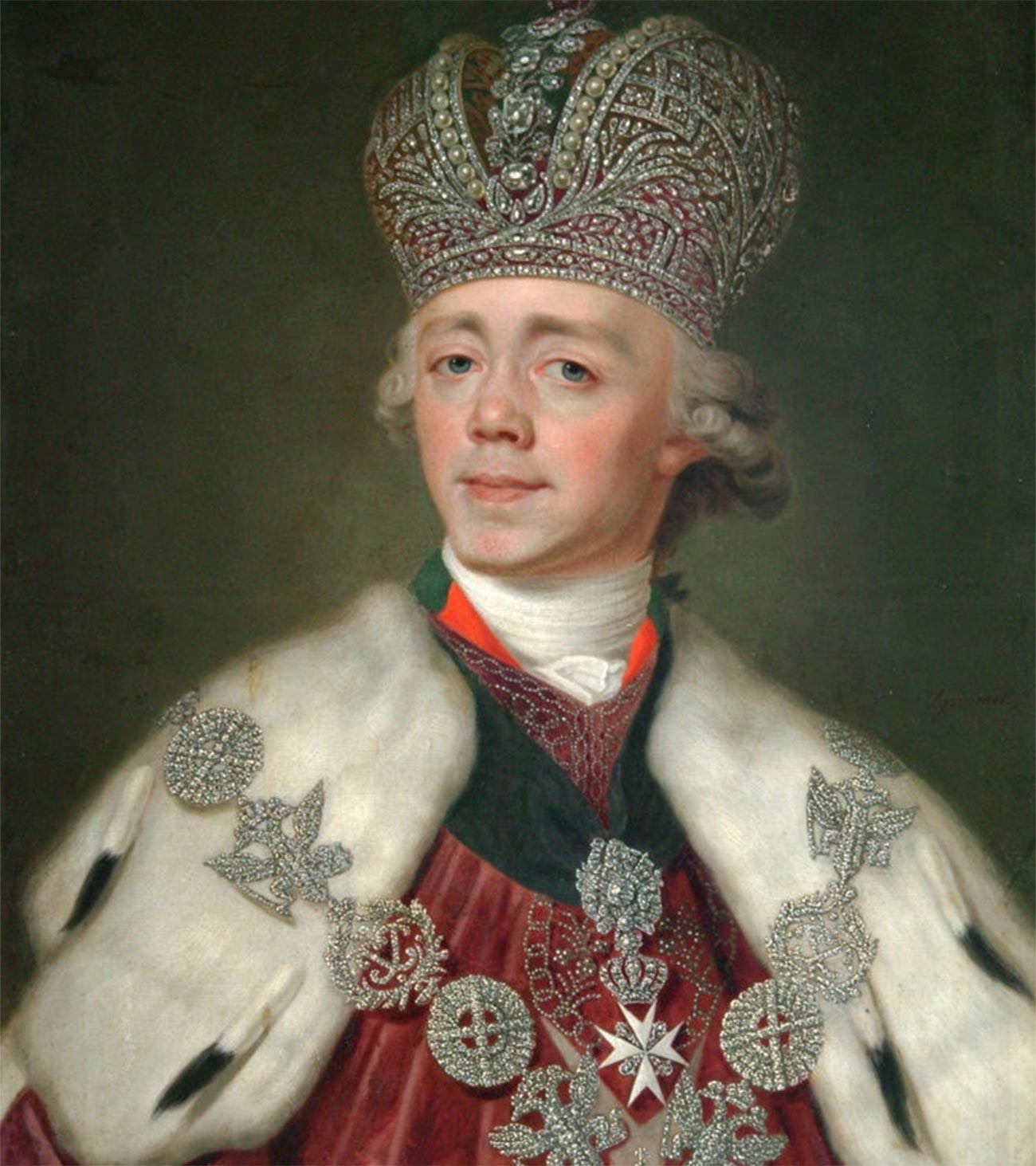
Paul I
Vladimir BorovikovskyPaul, the son of Catherine and Peter III, became the Russian Emperor at 42 after the death of his mother. During his short reign, he started a lot of major reforms in the military sphere and in Russian politics. He was murdered in a coup d’etat pulled off by a party of high-ranked statesmen who were against Paul’s domestic and foreign policy.
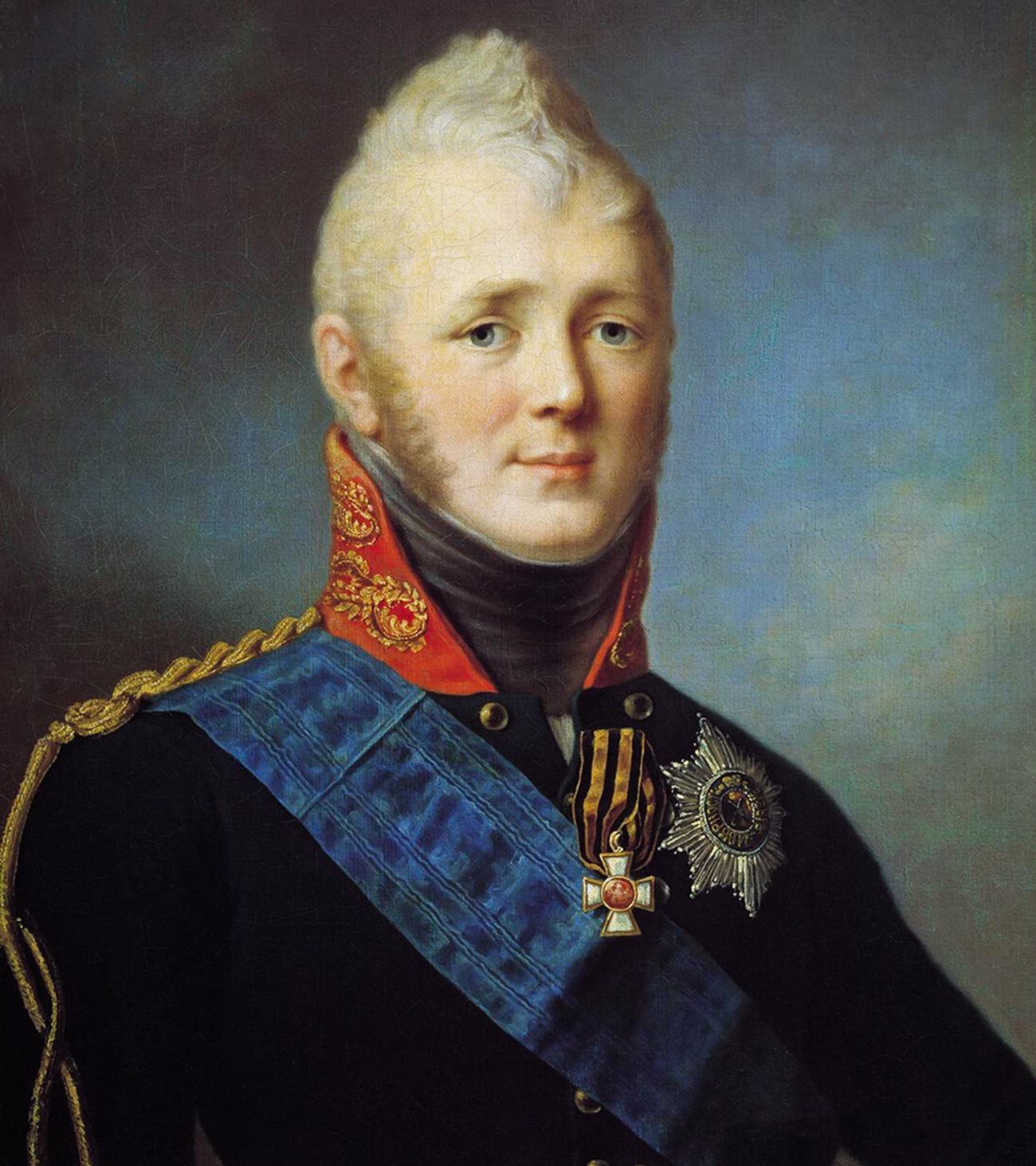
Alexander I
Stepan SchoukineAlexander’s reign was marked by development of culture and arts, on one hand, and on the other, by the Patriotic War of 1812. Russia defeated the Great Army of France, led by Napoleon Bonaparte, that invaded its borders and went as far as conquering Moscow.
Alexander suddenly died in 1825 in the town of Taganrog in Southern Russia. After that, an attempted coup d’etat known as the Decemberists Revolt, led by a group of aristocratic military officers, happened on December 14, 1825. But Nicholas I, the next Emperor, suppressed the revolt using military force.
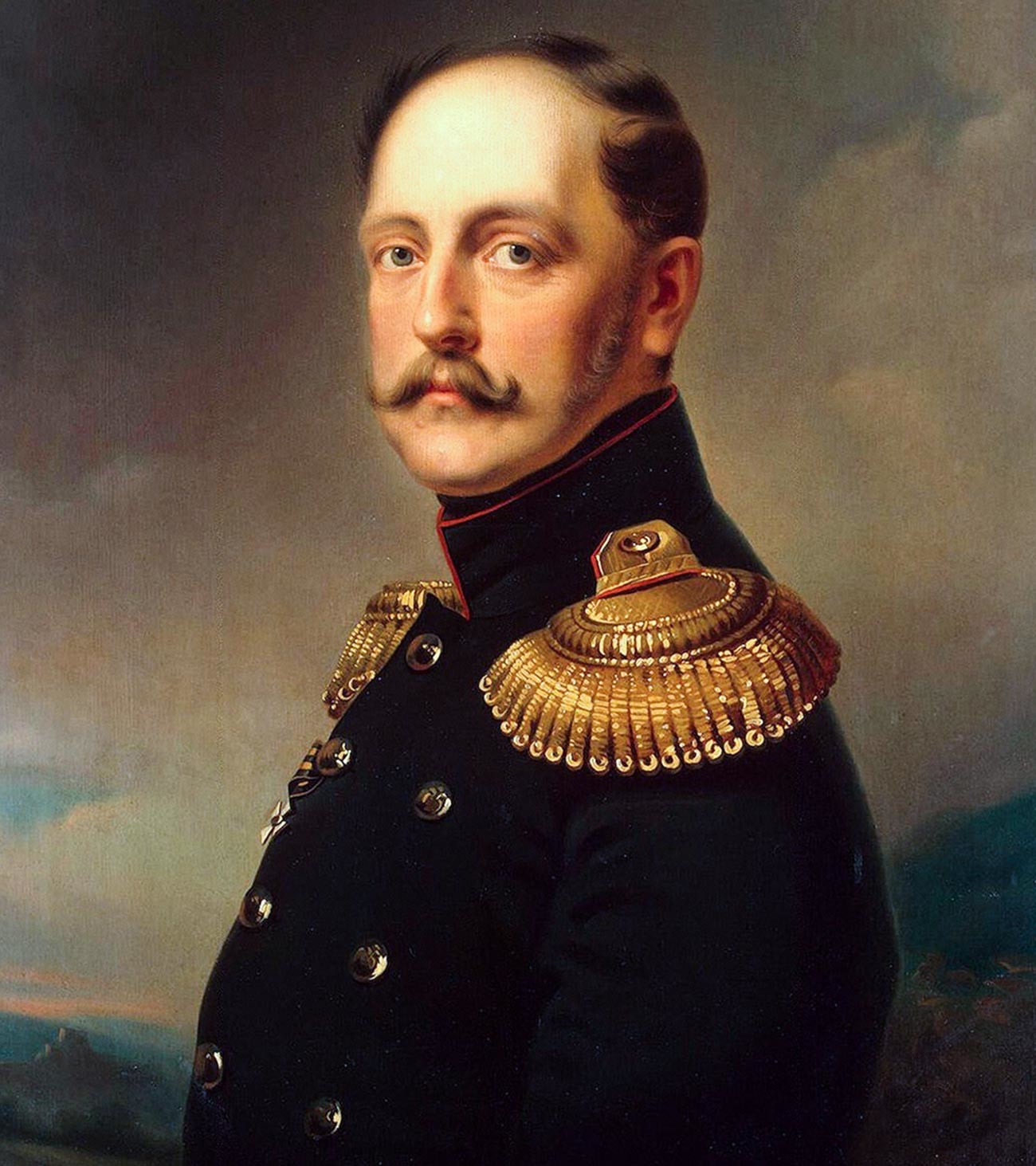
Nicholas I
Egor BotmanNicholas I (1796-1855), Paul I’s third son, gave the start to railroad construction in Russia, which greatly boosted its industrialization. The codification of Russian laws and a financial reform were among the successes of his reign, but strong corruption in the military eventually led Russia to losing the Eastern (Crimean) War of 1853-1856. Nicholas I died before the war ended.
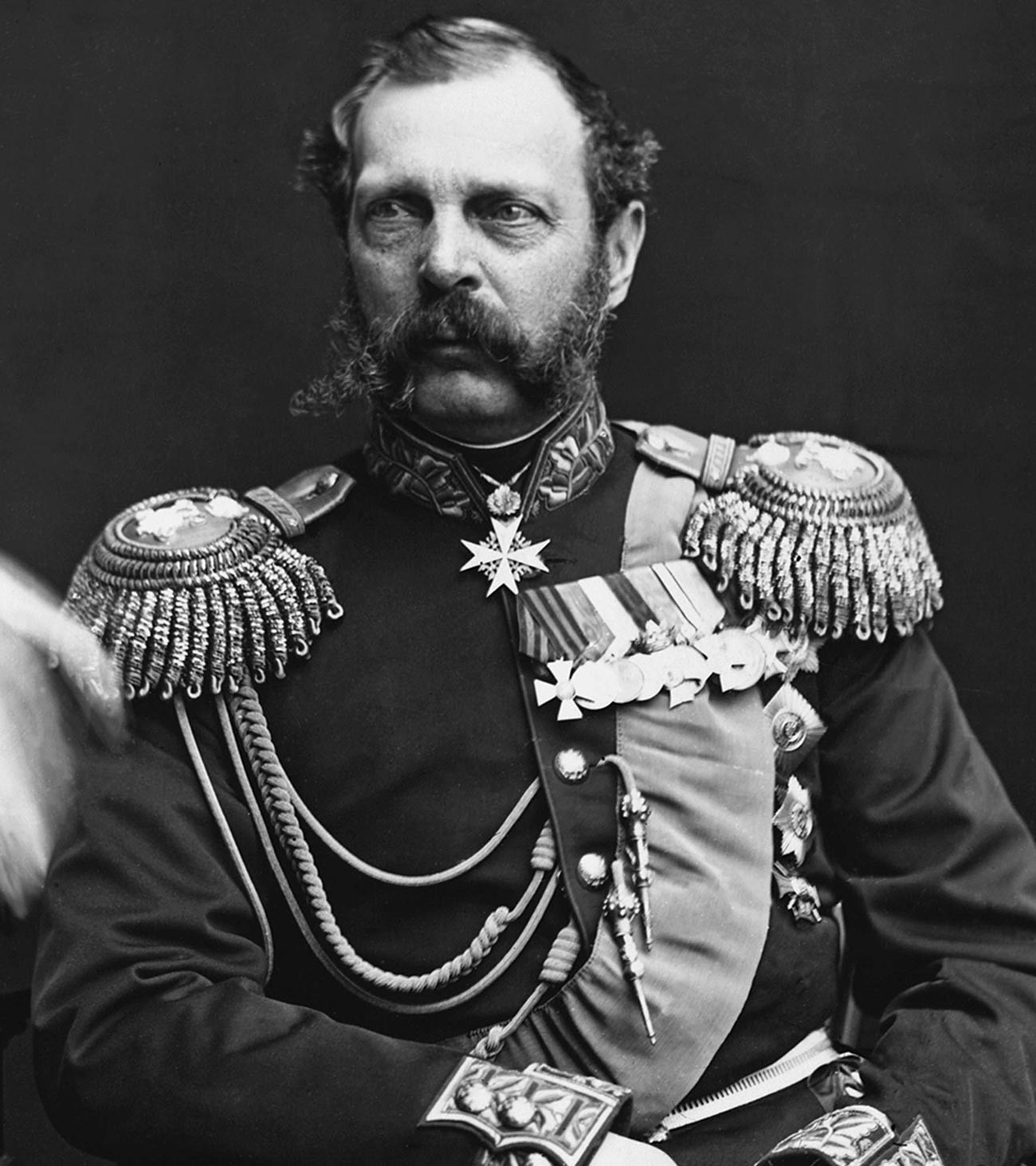
Alexander II, official photo
Public domainNicholas I’s son, Alexander II (1818-1881) started major reforms in Russia that included the peasant emancipation of 1861, an all-encompassing military reform, introduction of new types of self-governing village societies and more.
However, the emancipation of serfs brought a social disruption and terrorist groups emerged. There were five attempts at taking Emperor Alexander’s life and the 6th attempt was fatal – on March 1, 1881, the Emperor was killed by a terrorist bomber.
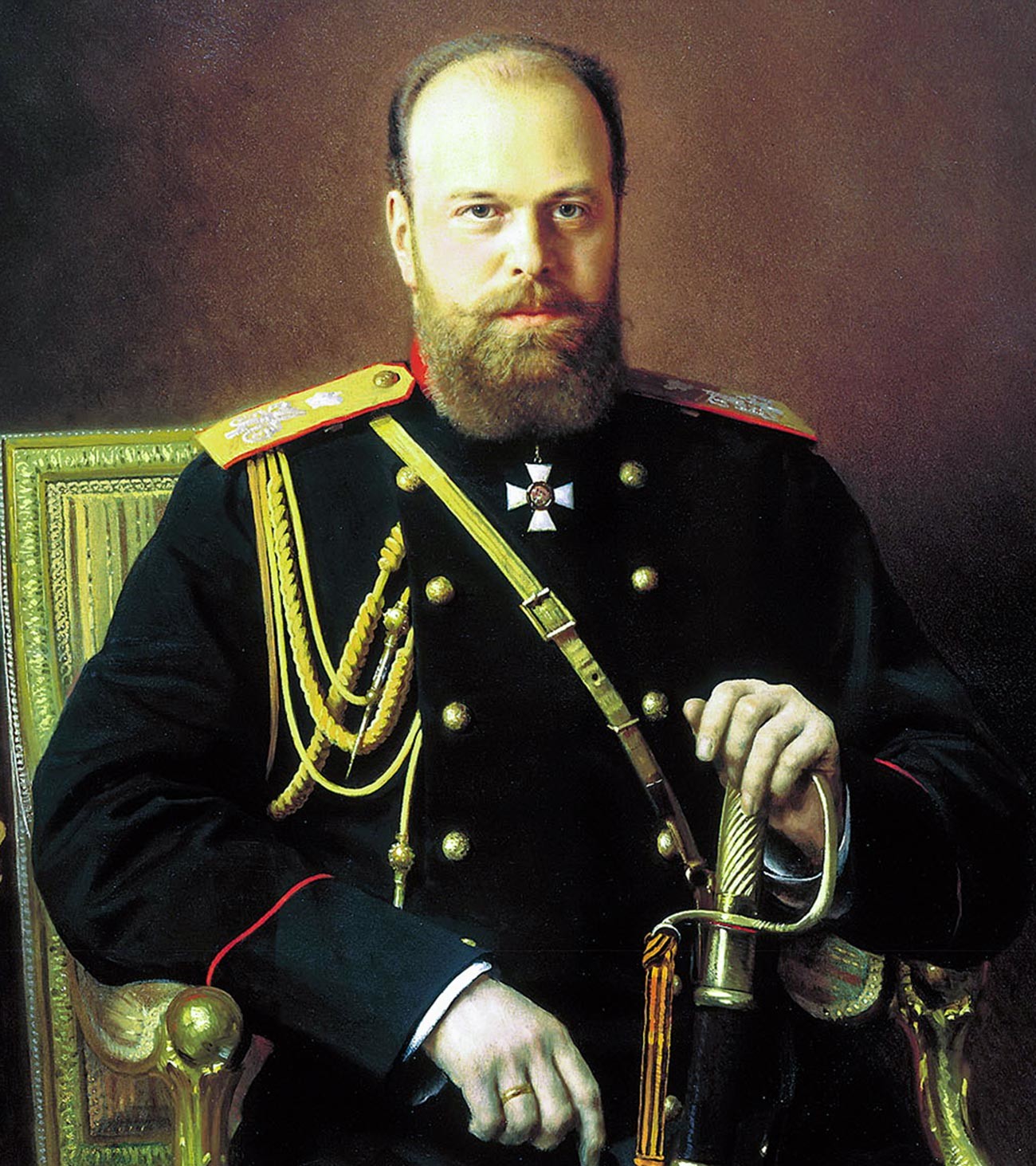
Alexander III
Ivan KramskoyThe reign of Alexander III (1845-1894), Alexander II’s son, was famous for its peacefulness – under Alexander III, Russia didn’t partake in any wars. His domestic policy, meanwhile, was strictly conservative. But still, the state police and organs of intelligence couldn’t suppress the revolutionary activities already in effect in the Russian society.
Lenin and Stalin, the future founders of the USSR, started their revolutionary activities during the reign of Alexander III.
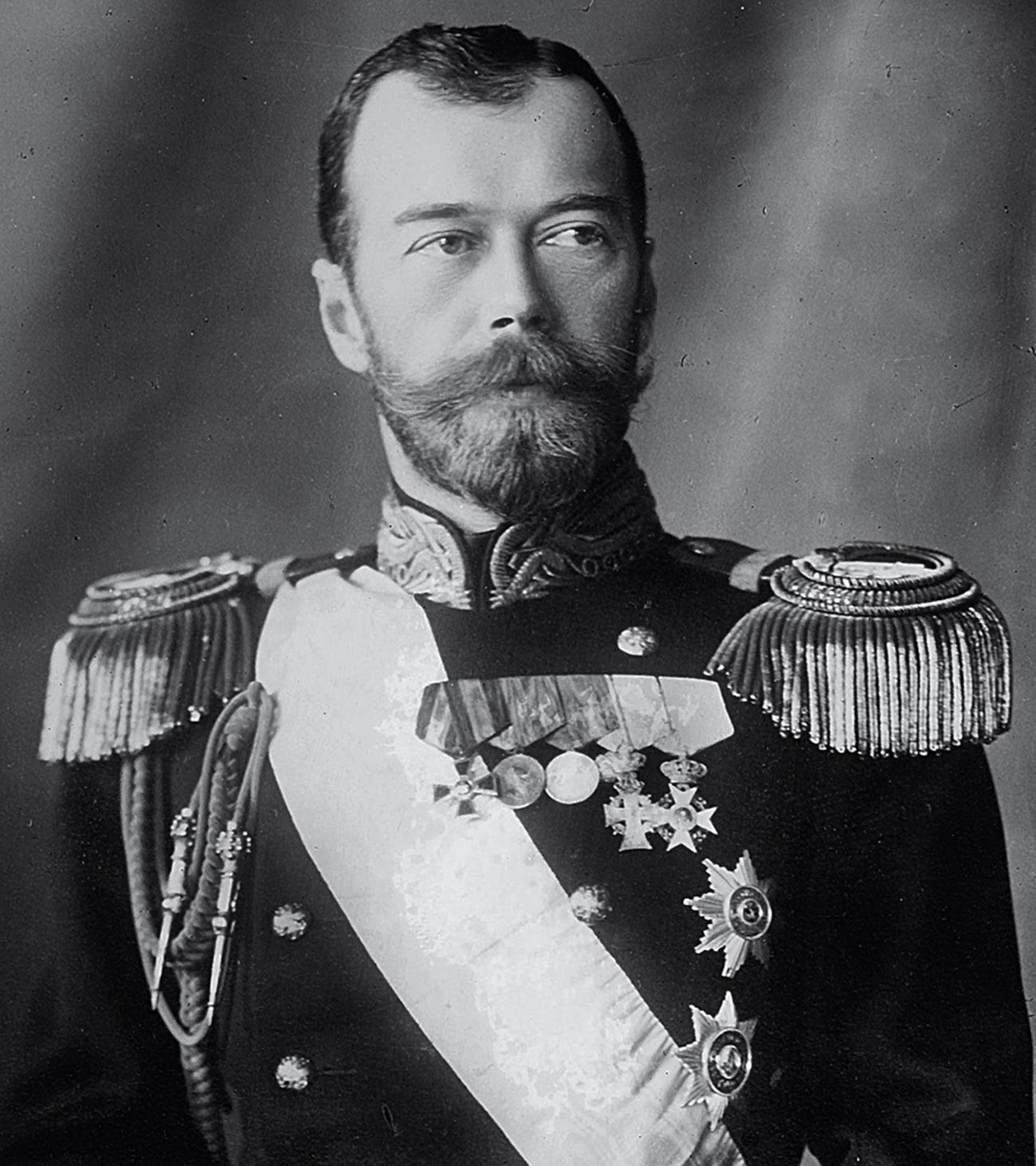
Nicholas II
Public domainNicholas II (1868-1918) was the last Russian Emperor. His policies were not successful and led to the Revolution of 1905, which shook Russian society massively. After the Revolution, the State Duma, the first official Russian parliament, was established, but it didn’t change the course of events.
In 1917, three years after entering World War I, the Russian Empire ceased to exist after Nicholas II abdicated the Russian throne. Nicholas and his family were later murdered in Yekaterinburg by a gang of Bolsheviks.
Between the fall of the Russian Empire in 1917 and the foundation of the Russian Socialist Federative Soviet Republic in 1918, Russia had no formal leader.
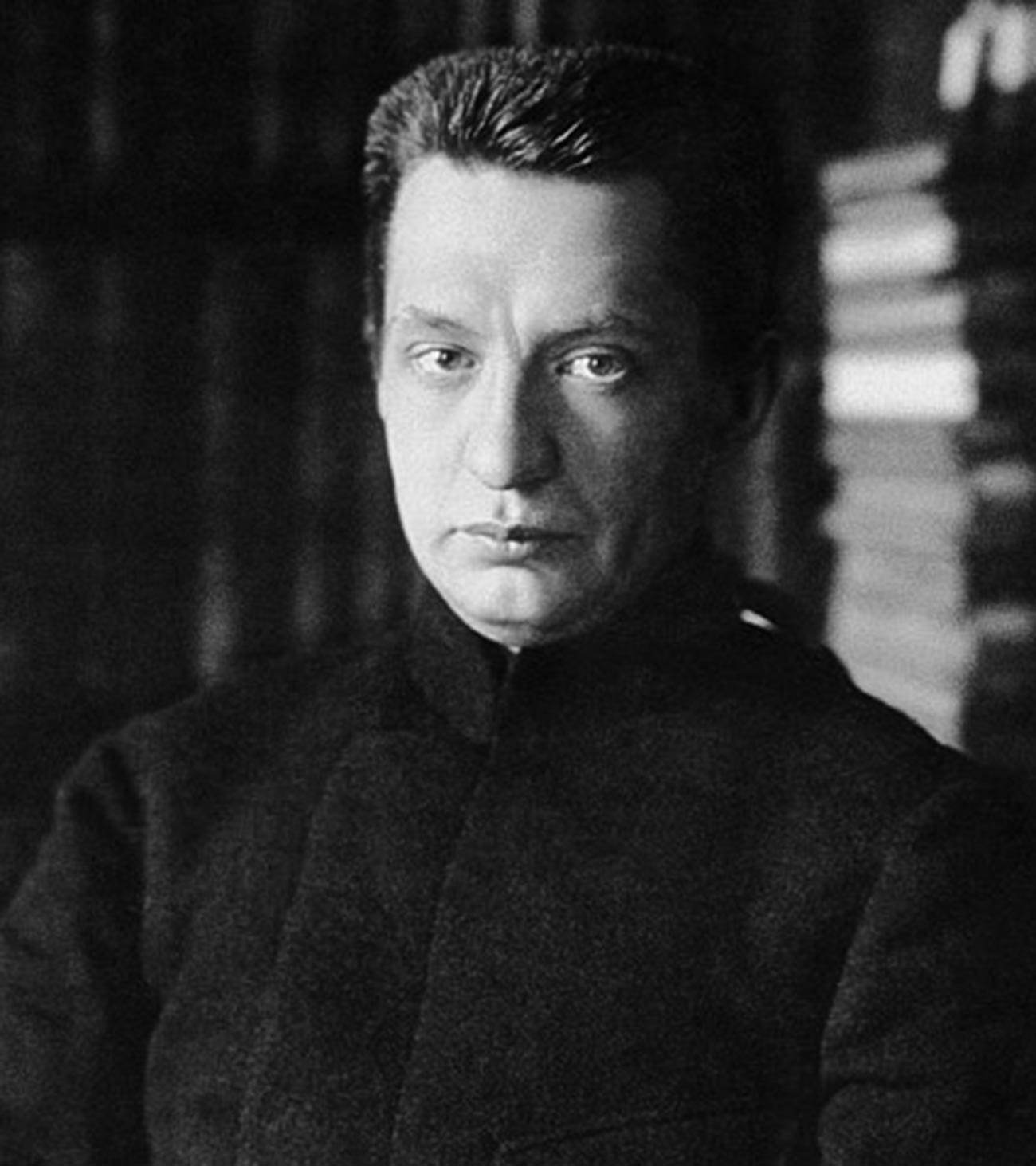
Alexander Kerensky, photographed by Karl Bulla
Karl BullaAlexander Kerensky (1881-1970), the Minister-Chairman of the Provisional Government of Russia, temporarily acted as the country’s informal leader, but his government was overthrown on November 7 (October 25 O.S.), 1917, by the Bolsheviks in the October Revolution.
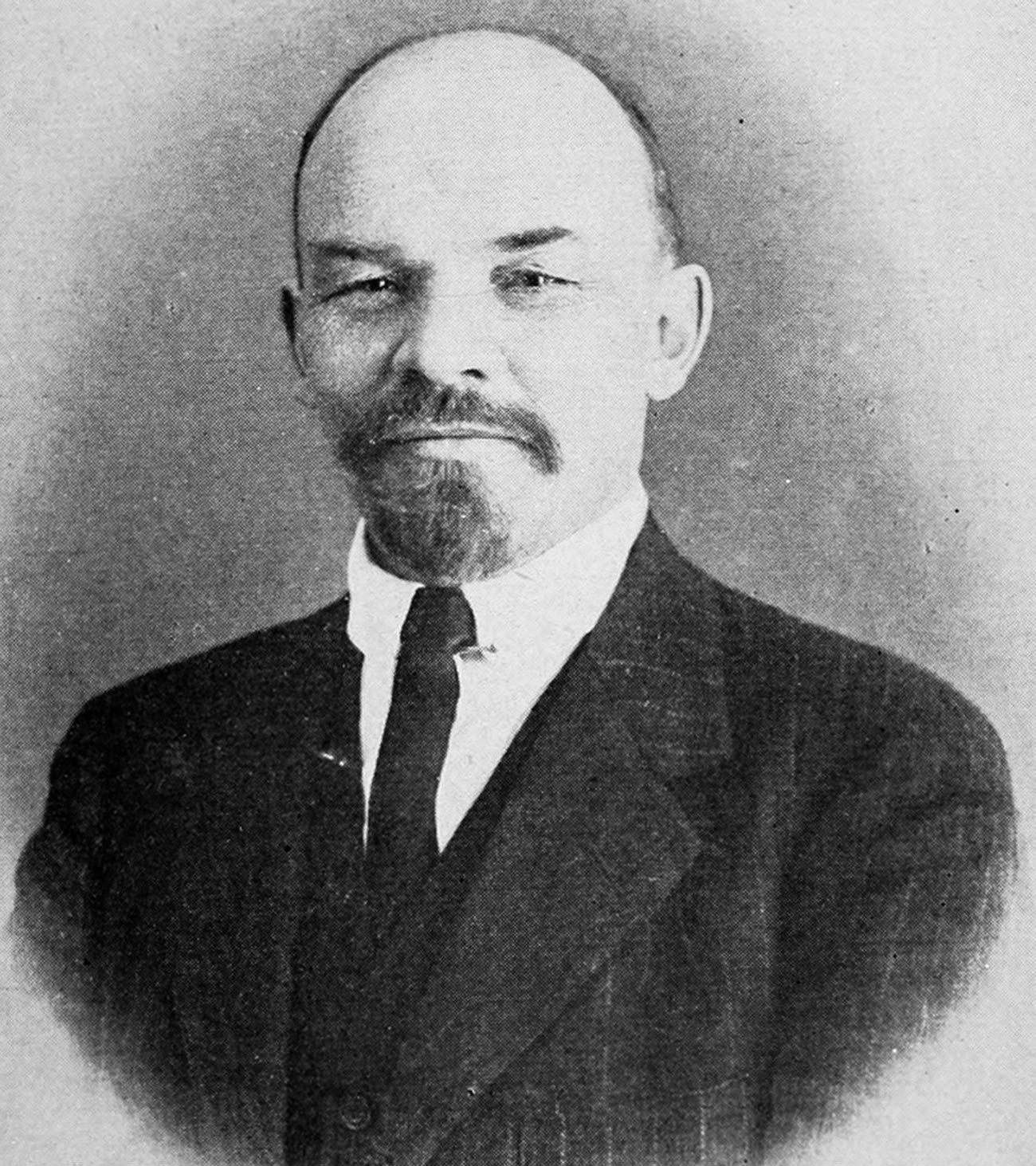
Vladimir Lenin
Public domainVladimir Lenin (1870-1924), the leader and creator of the Bolshevik party (Russian Socialist-Democratic Workers’ Party), seized power in Russia in 1918. He became the state’s leader as the Chairman of the Council of People's Commissars – the government of the Russian Soviet Federative Socialist Republic and, from 1922, the government of the USSR. USSR was the newly formed socialist federative state that comprised most of the former territories of the Russian Empire. Vladimir Lenin died in 1924 after contracting a brain illness.
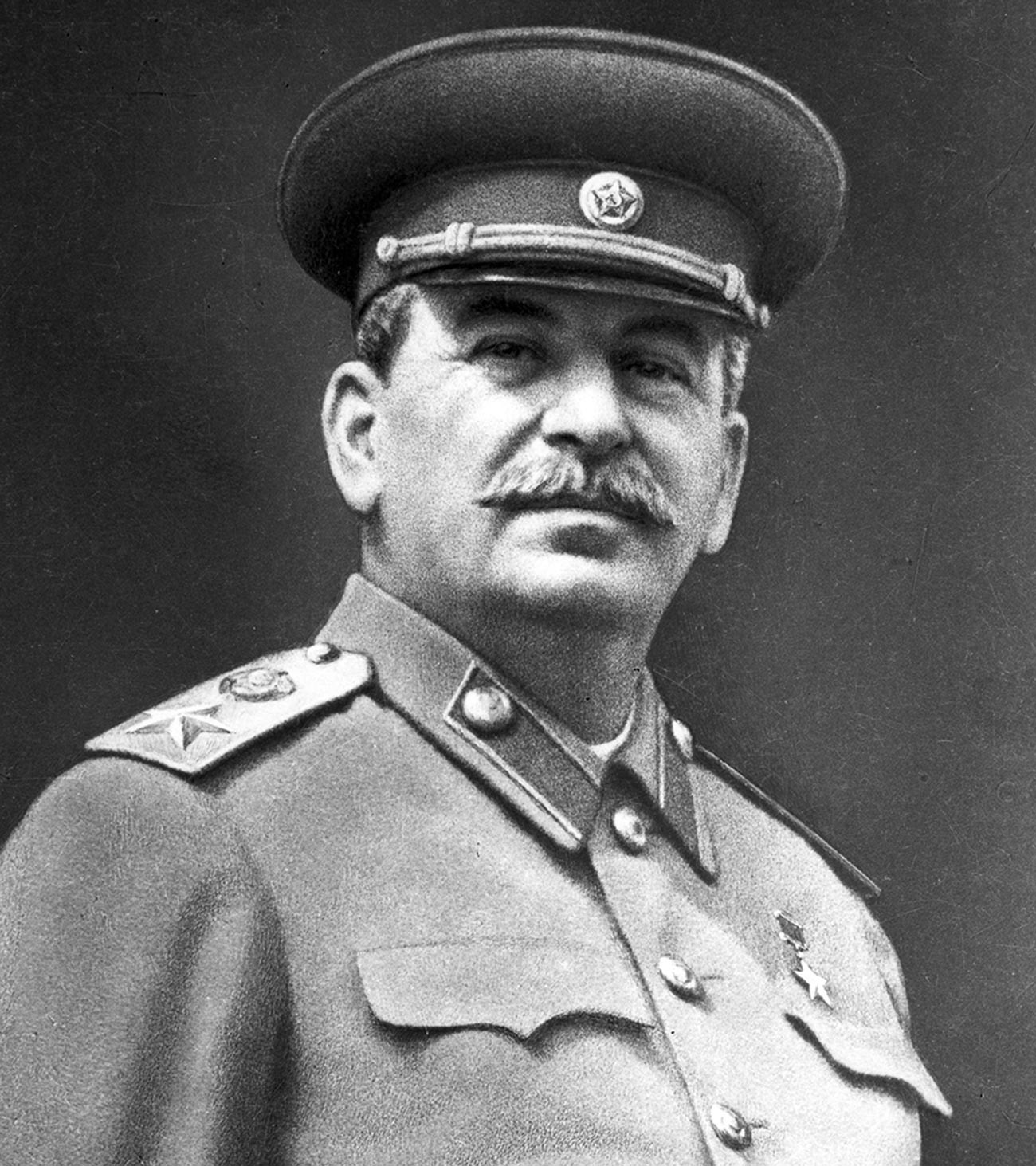
Joseph Stalin
Global Look PressBorn Iosif Dzhugashvili (1878-1953) in Gori, Georgia, Stalin joined the revolutionary movement from an early age – he organized workers’ strikes, was pursued by the Tsarist police and did time in exile. By 1917, he was one of the closest aides of Vladimir Lenin and a member of the Central Committee of the newly formed Bolshevik party.
After Lenin’s death, Stalin slowly concentrated all the power in Russia in his hands, becoming the General Secretary of the Central Committee of the Communist Party of the USSR and the Chairman of the Council of Ministers of the USSR. In this status, he exercised unlimited power and, in fact, solely ruled the USSR until his death in 1953.
His rule was marked by harsh repressions against the ruling elite and common people, as well. At the same time, problematic policies of five-year plans and collectivization were in effect, which irreversibly changed Russia and its economy.
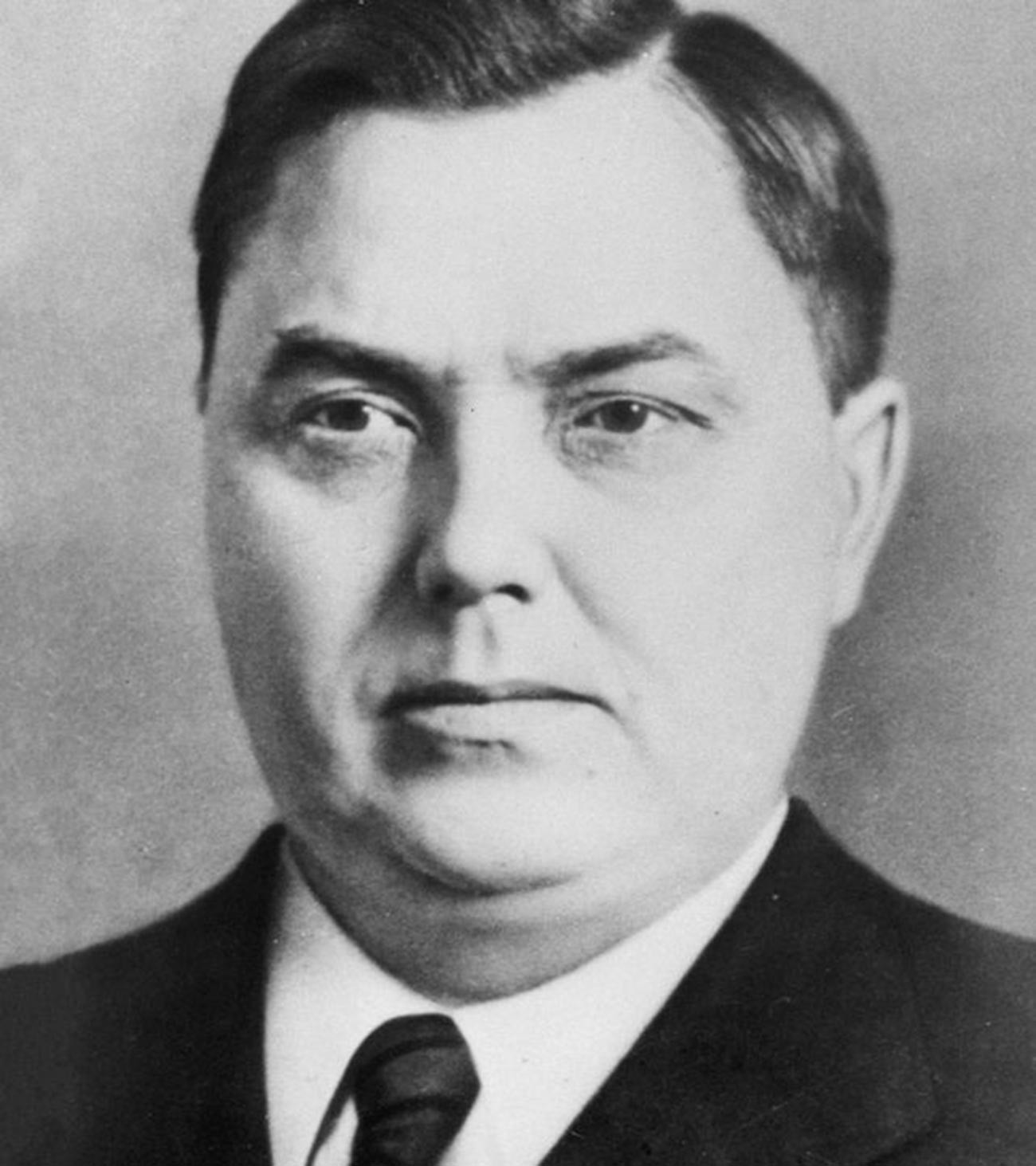
Georgy Malenkov
Public domainGeorgy Malenkov (1901-1988) was Stalin’s successor in the position of Chairman of the Council of Ministers of the USSR, but was soon deposed by a party group led by Nikita Khrushchev, the First Secretary of the Central Committee of the Communist Party of the Soviet Union.
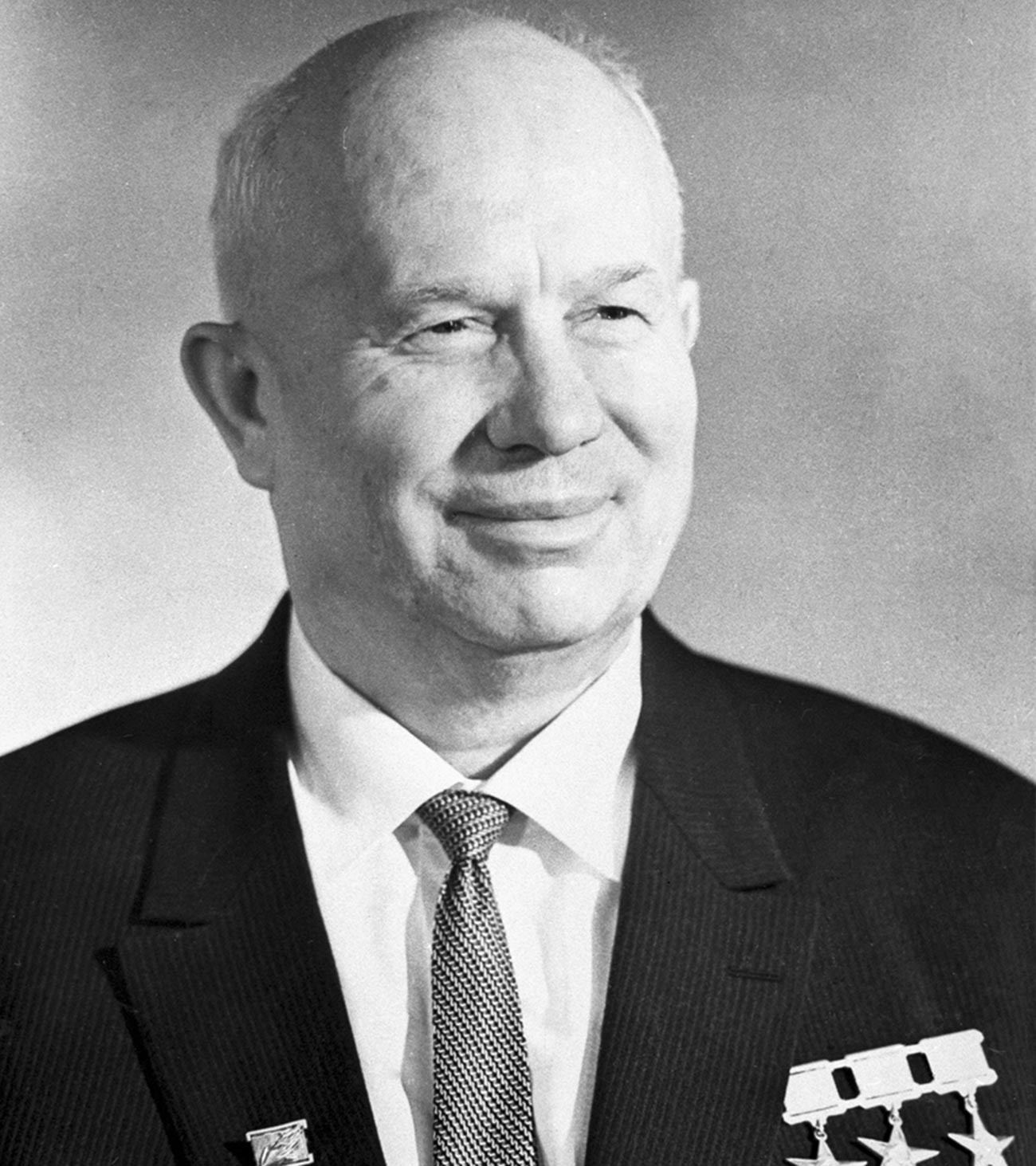
Nikita Khrushchev
SputnikAfter in 1955, Georgy Malenkov was deposed from all positions in the government and exiled, Nikita Khrushchev (1894-1971) became the USSR’s leader. In 1956, he denounced the so-called ‘Stalin personality cult’ which led to taking down many Stalin monuments across the USSR and to the temporary liberalization of the internal policies known as ‘the Thaw’ (Ottepel’). Khrushchev was deposed in 1964 by a party group under Leonid Brezhnev.
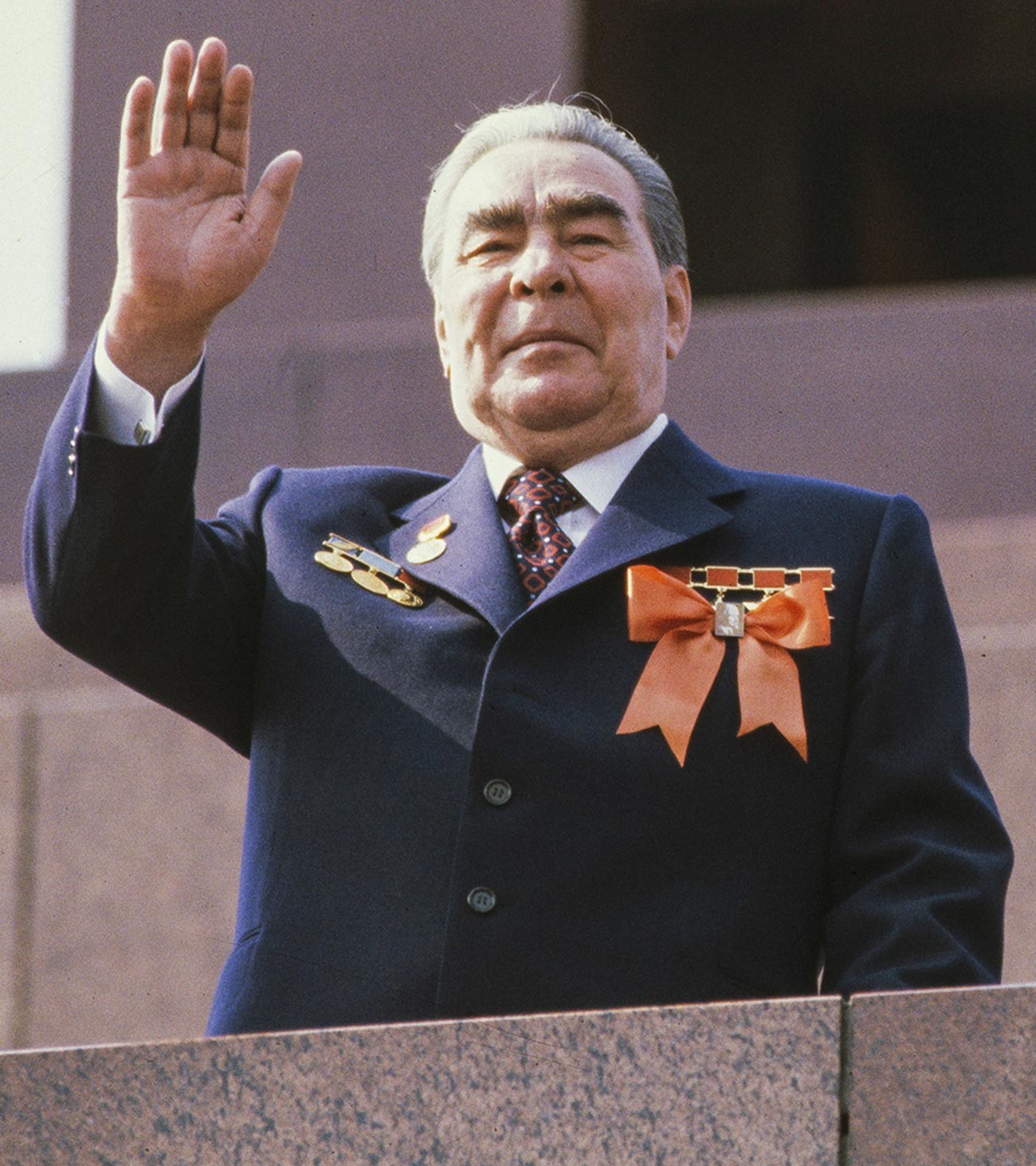
Leonid Brezhnev
Yuri Abramochkin/SputnikThe time when Leonid Brezhnev (1906-1982) was the General Secretary of the CC of the CPSU was known as the ‘Era of Stagnation’, or Zastoi in Russian. The Cold War was in full swing, which caused a cultural blockade between the countries of the Warsaw Pact and the Western European countries. Inside the USSR, people were struggling with economic inequality and ideological oppression – the authorities banned everything that didn’t comply with the Communist ideology, including foreign literature, movies and music.
Leonid Brezhnev was rumored to have ruled the country into his senility. During his last years, he had trouble speaking and coordinating his movements, possibly due to heavy medication.

Yuri Andropov
SputnikThe relatively short time of Yuri Andropov (1914-1984) as the General Secretary of the CC of the CPSU was marked by fierce internal rivalry inside the Communist Party. Andropov got terminally ill five months into office and didn’t really have time to leave any impact.
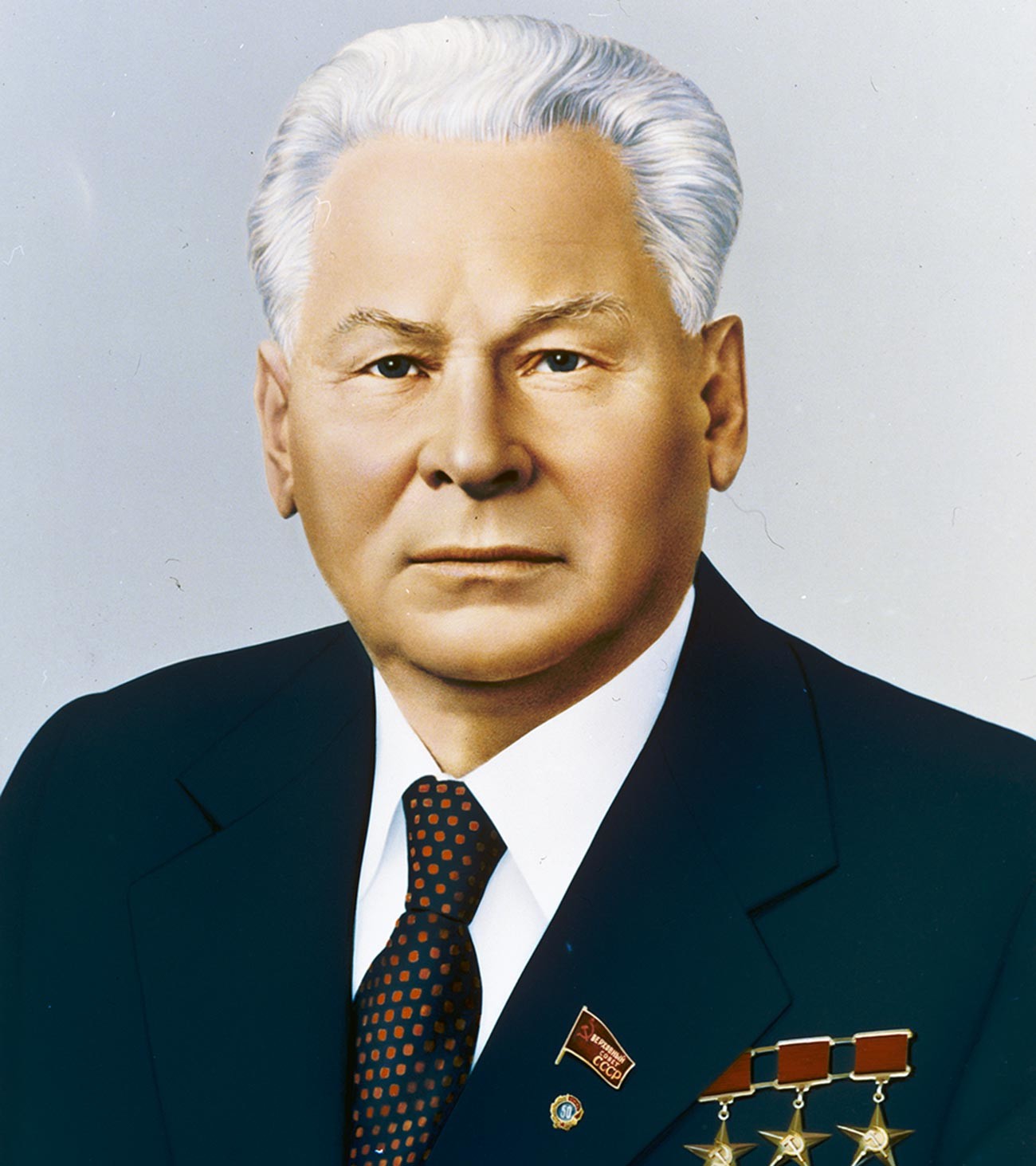
Konstantin Chernenko
SputnikThe next General Secretary, Konstantin Chernenko (1911-1985) spent most of his time in office in the hospital.
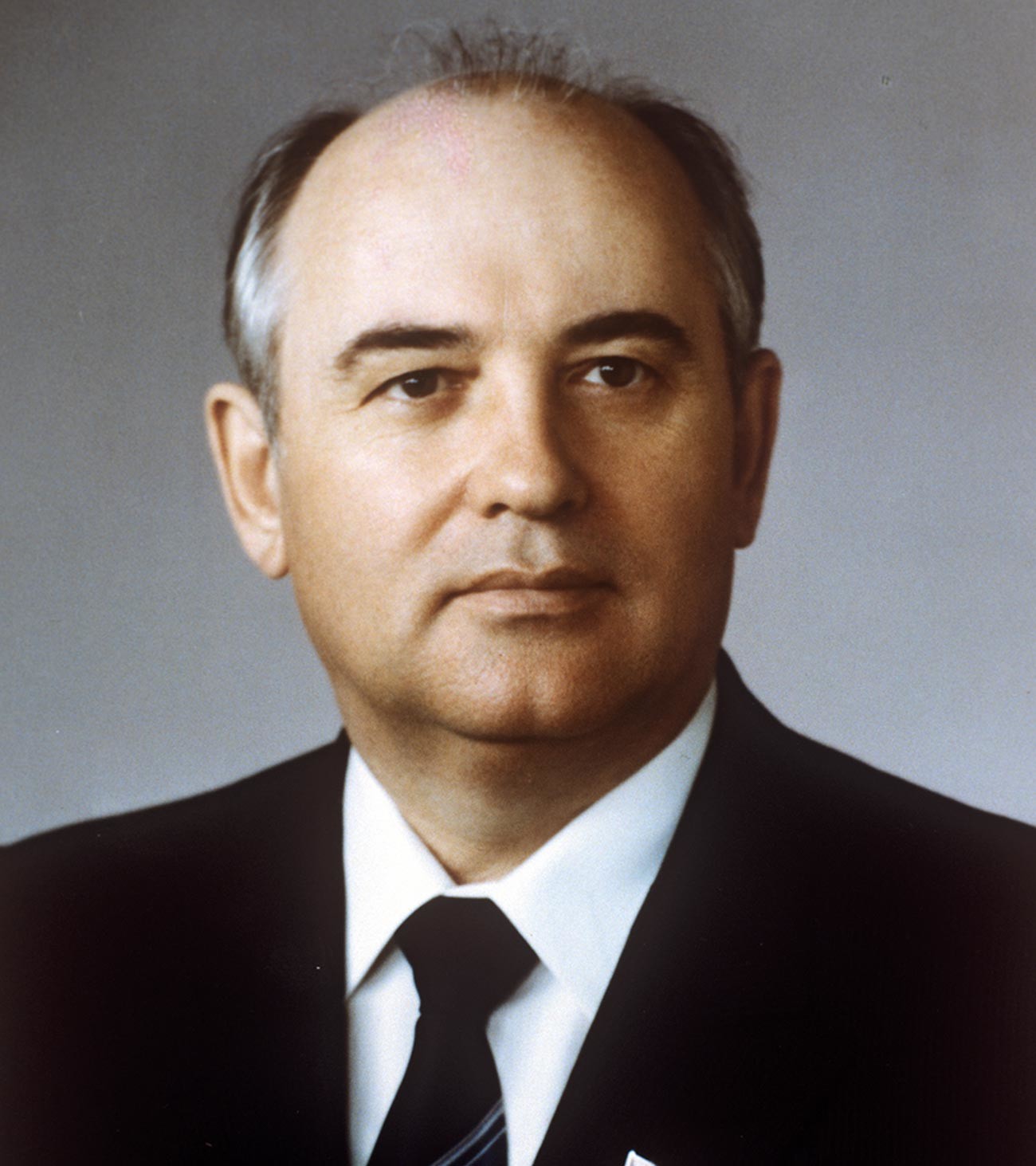
Mikhail Gorbachev
SputnikMikhail Gorbachev (b. 1931), the next General Secretary after Chernenko, proposed the concepts of glasnost’ (‘publicity’) and perestroika (‘refurbishment’) that were called upon to reform the political and social climate in the USSR. However, the internal economic problems of the USSR were so critical at this point that it could no longer maintain unity and stability.
In 1990-1991, the USSR disbanded, with many former republics declaring their independence from Moscow. In 1990-1991, Mikhail Gorbachev served briefly as the only President of the USSR, in an attempt to change the political system to keep the Union intact. Eventually, the USSR was finally disbanded and the Russian Federation created.
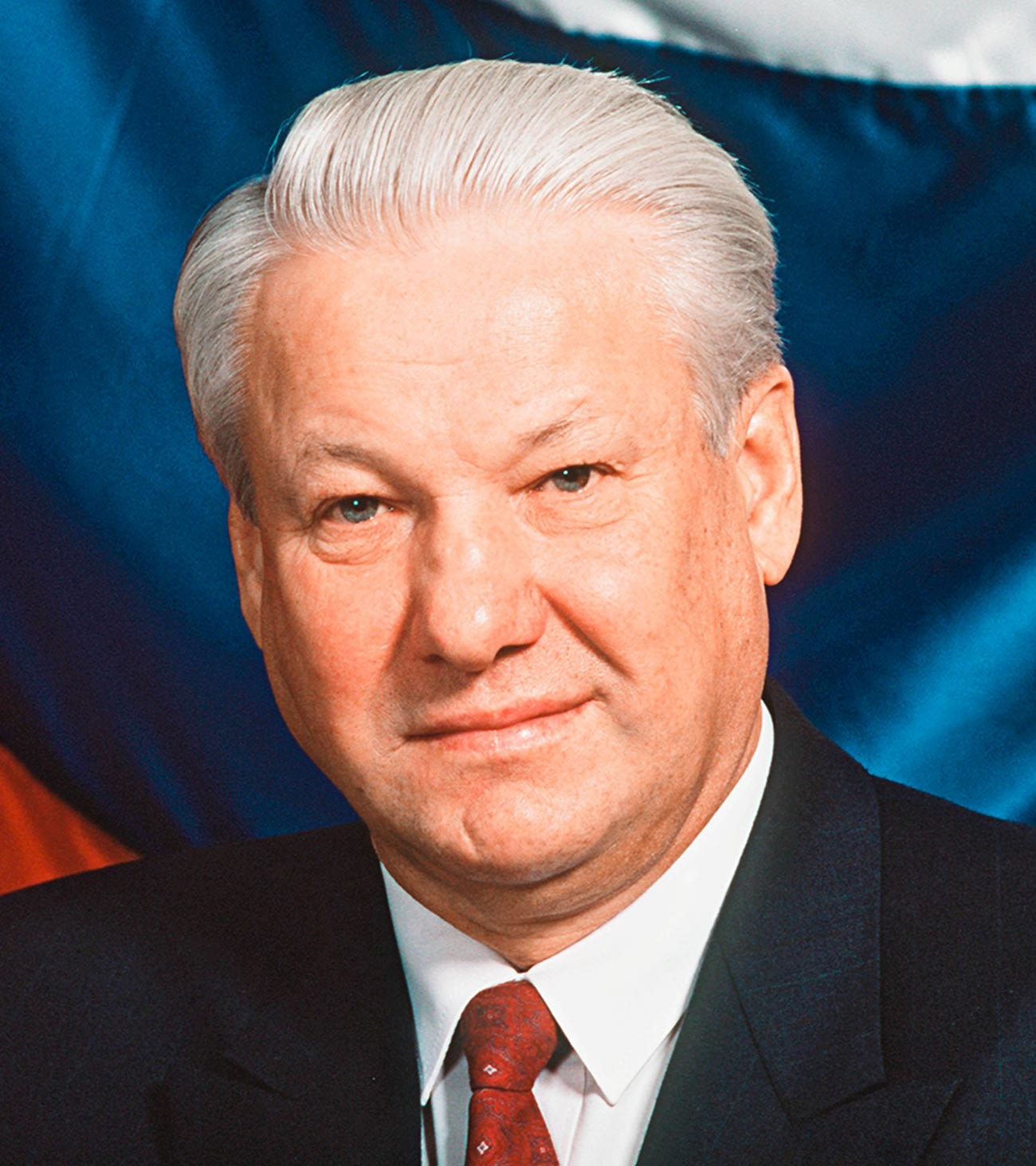
Boris Yeltsin
Sergey Guneev/SputnikIn 1991, Boris Yeltsin (1931-2007), who previously was a high-ranked official in the Communist Party of the Soviet Union, became the first President of the Russian Federation. He authored a lot of useful and controversial reforms that formed the political stance and climate of the post-Soviet Russia. He resigned from his post on December 31, 1999, and was succeeded by his chosen successor, Prime Minister Vladimir Putin.
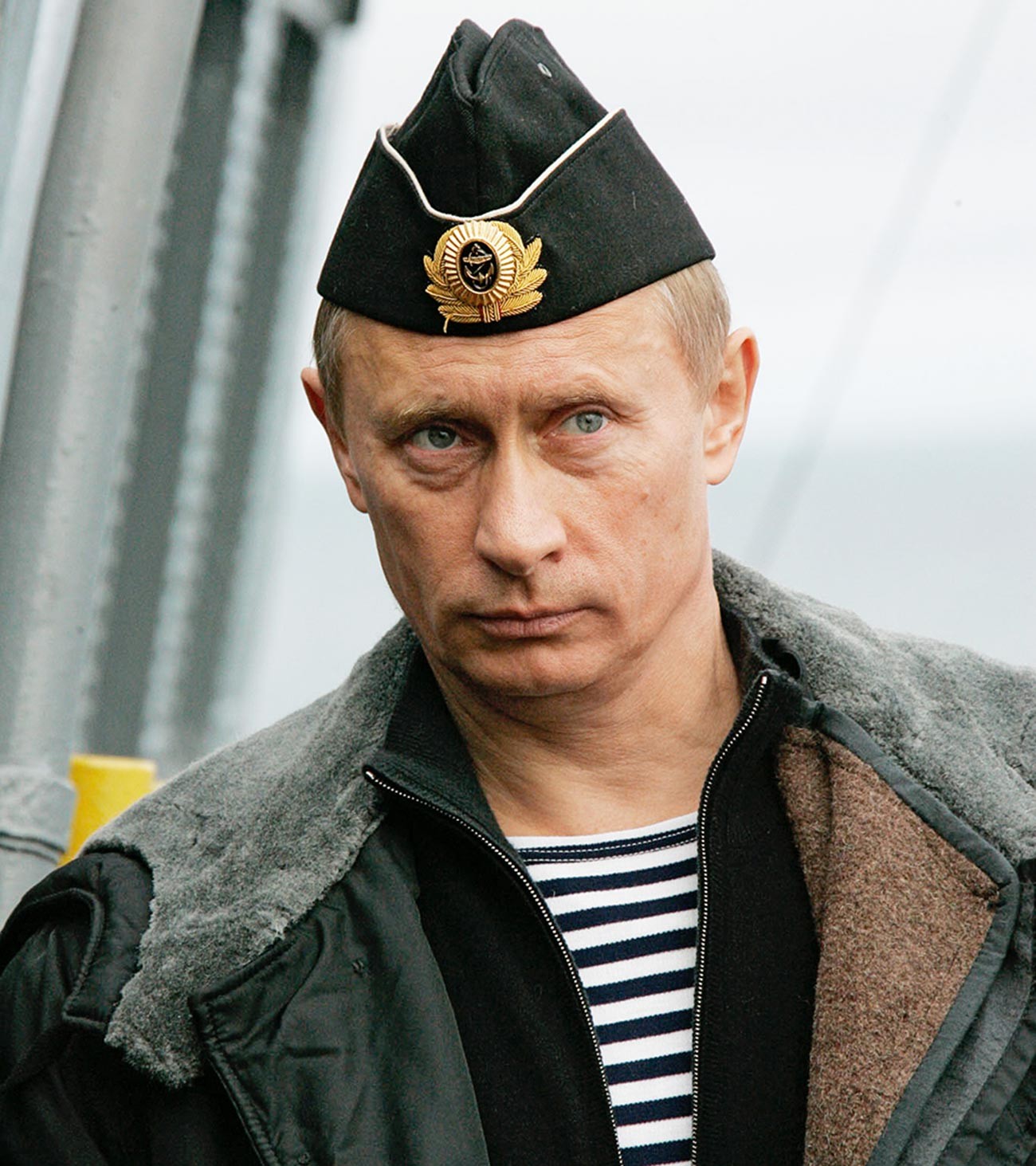
Russian President Vladimir Putin watches the Northern Fleet in the Barentsevo Sea from the nuclear missile cruiser "Peter the Great".
Alexey Panov/TASSVladimir Putin (b. 1952), who previously served as Prime Minister during the last year of Boris Yeltsin’s time in office, on December 31, 1999, became Acting President of Russia. On March 26, 2000, Vladimir Putin was elected President of Russia. He was re-elected to the presidency in 2004, serving four more years in his second term.
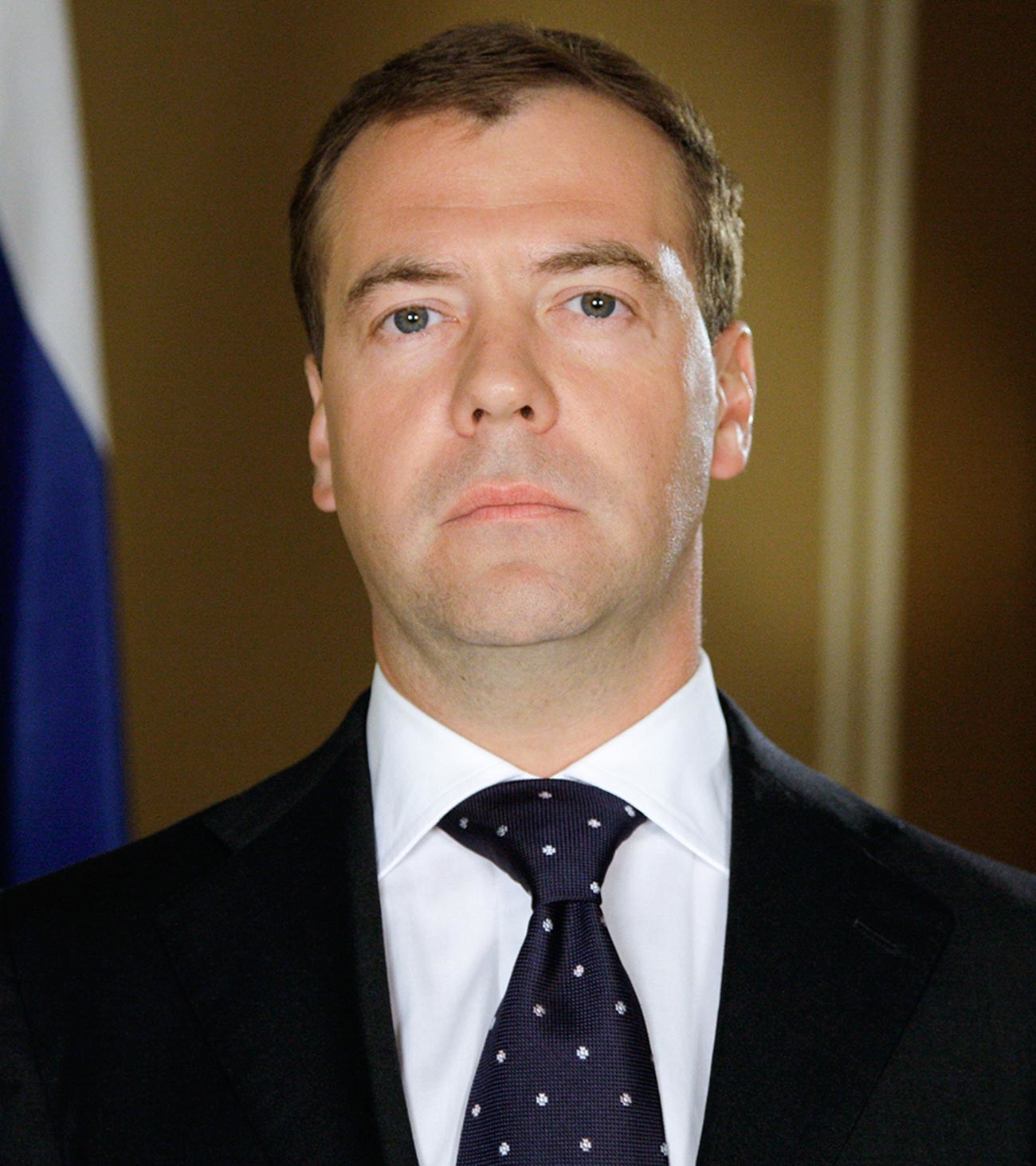
Dmitry Medvedev
Dmitry Astakhov/SputnikDmitry Medvedev (b. 1965) was elected President of Russia in 2008, succeeding Vladimir Putin. His time in office was marked by economic development and, at the same time, by a financial crisis and recession.
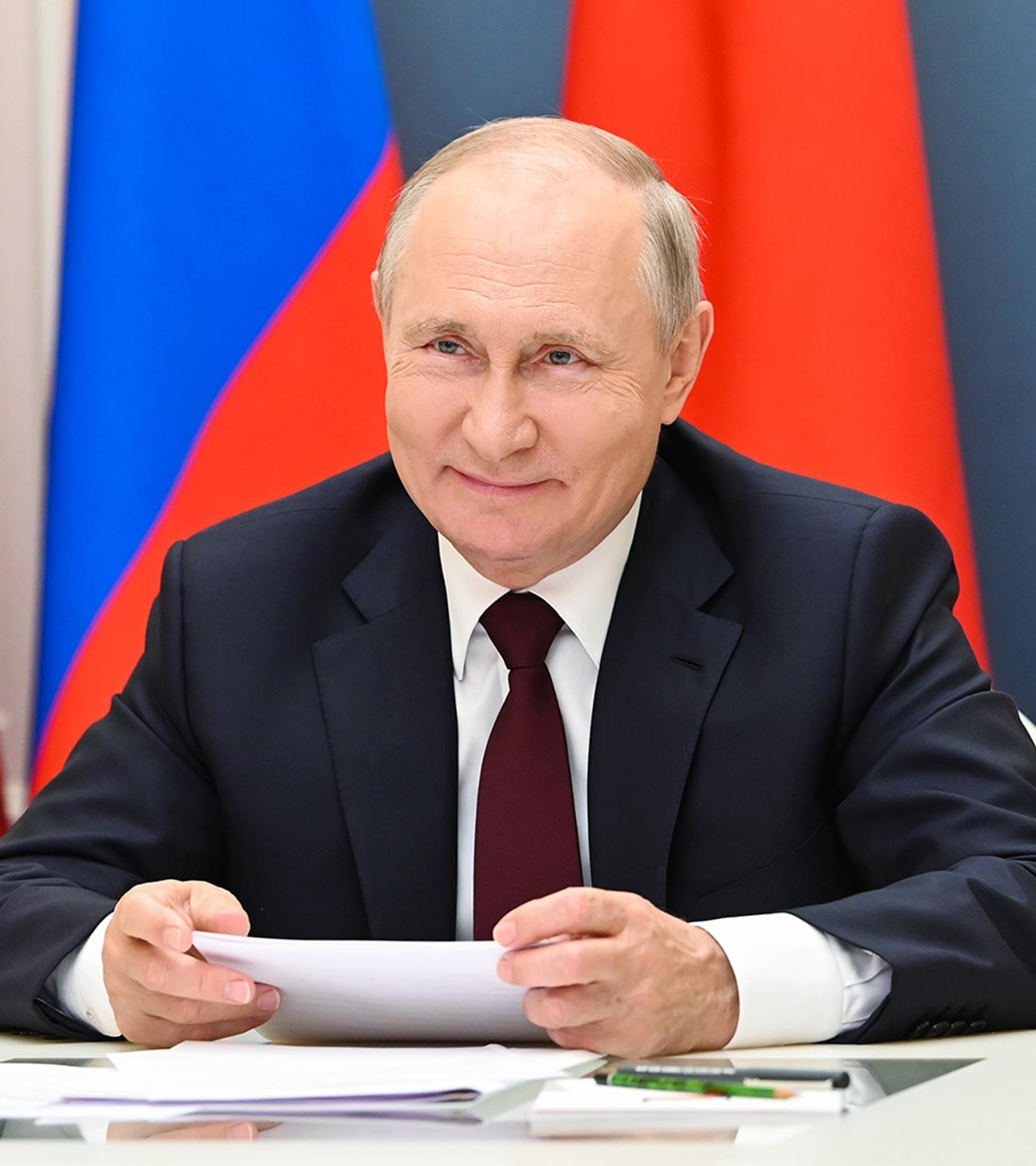
June 28, 2021. Russian President Vladimir Putin during a videoconference conversation with Chinese President Xi Jinping.
Alexey Nikolsky/SputnikVladimir Putin was re-elected as the Russian President in 2012, succeeding Dmitry Medvedev. In 2018, he was again re-elected to serve his fourth term as the President of Russia.
If using any of Russia Beyond's content, partly or in full, always provide an active hyperlink to the original material.
Subscribe
to our newsletter!
Get the week's best stories straight to your inbox